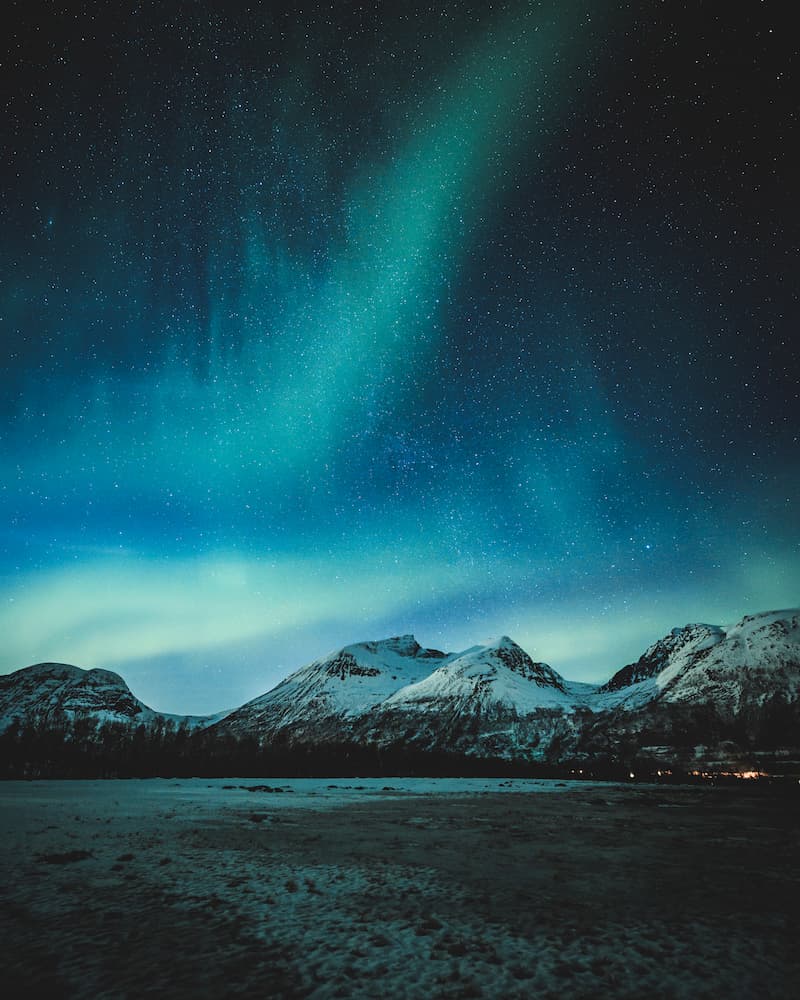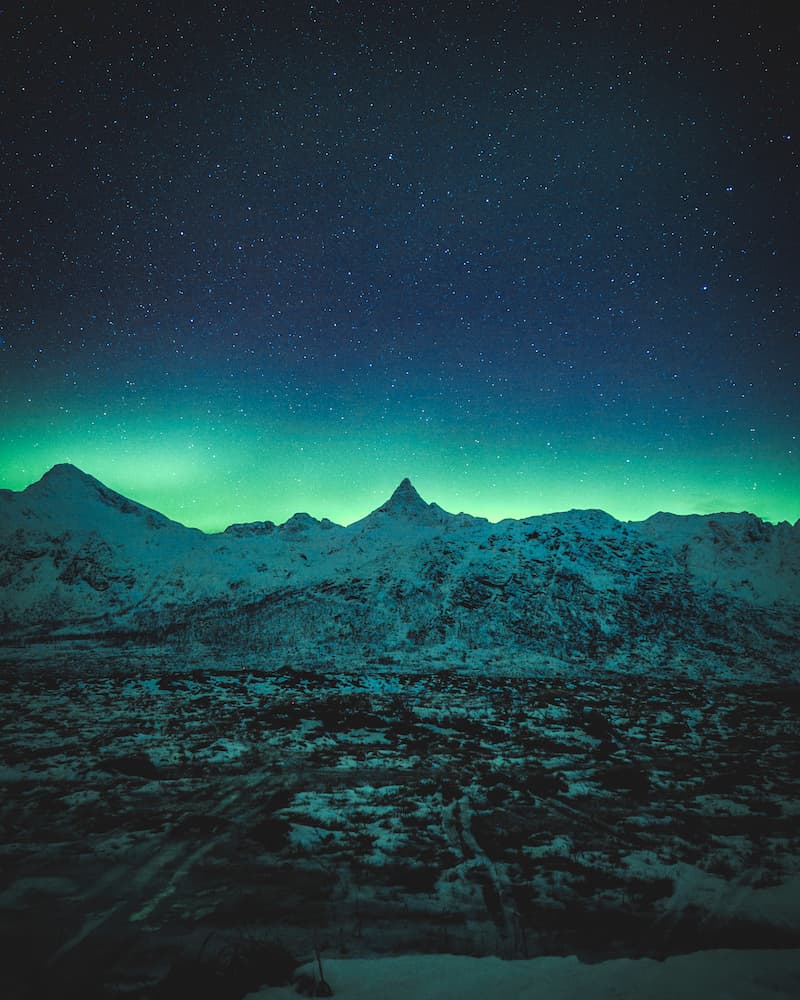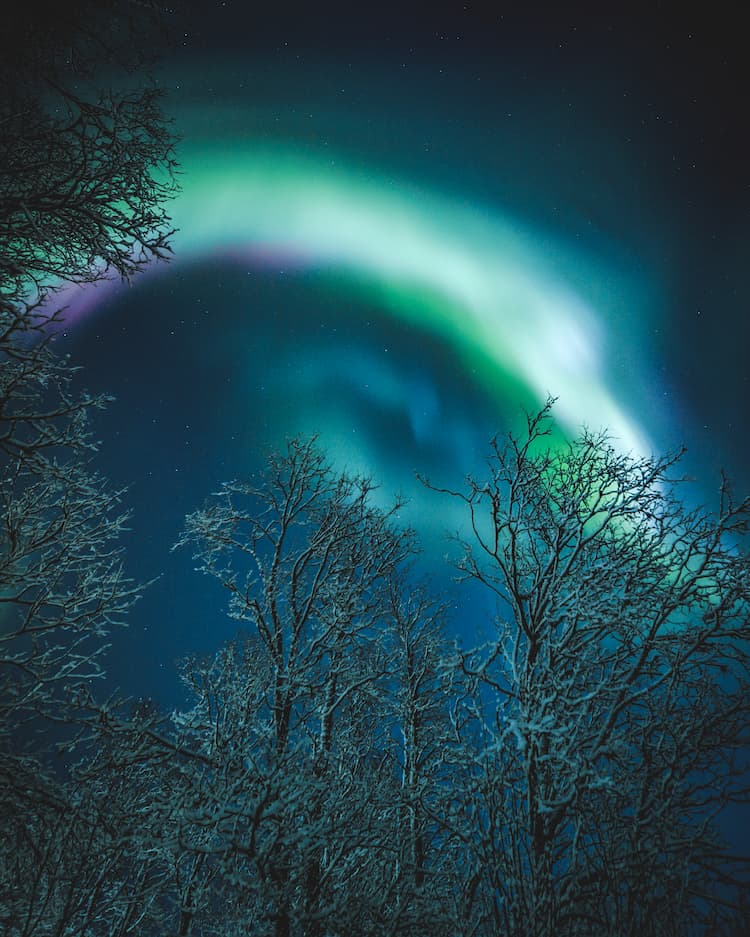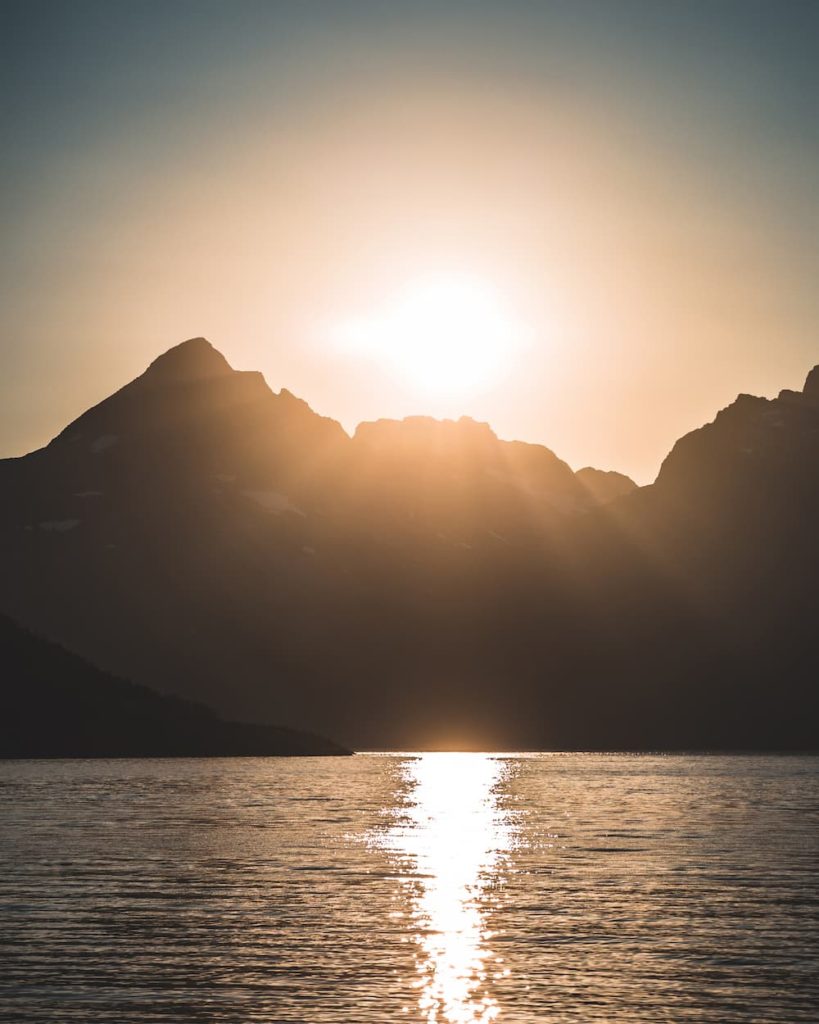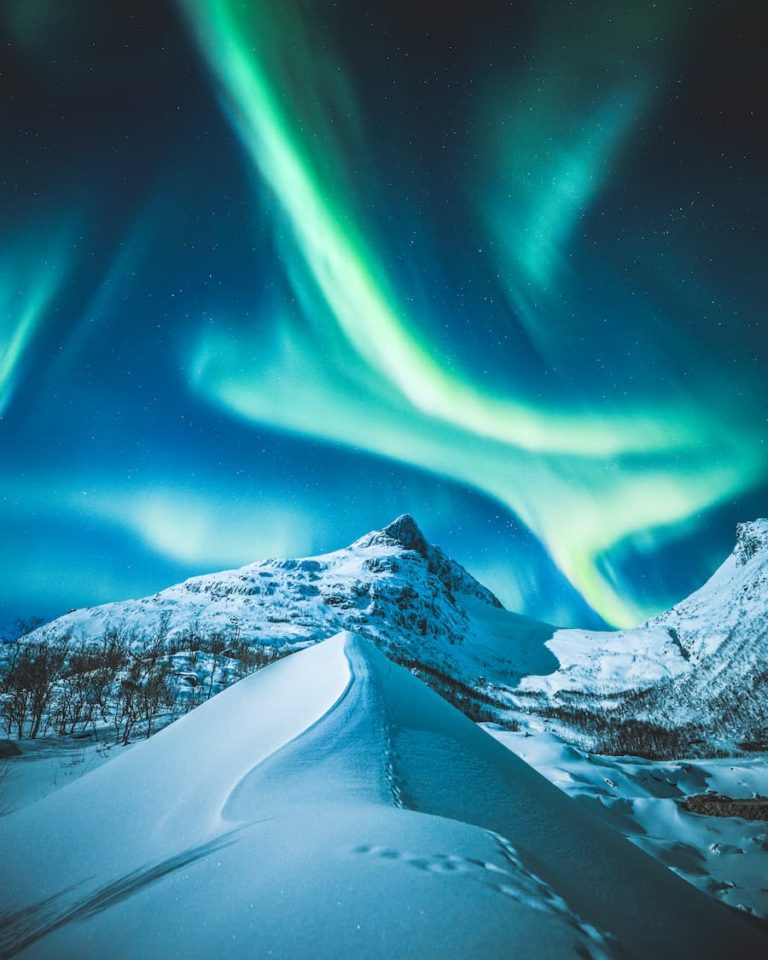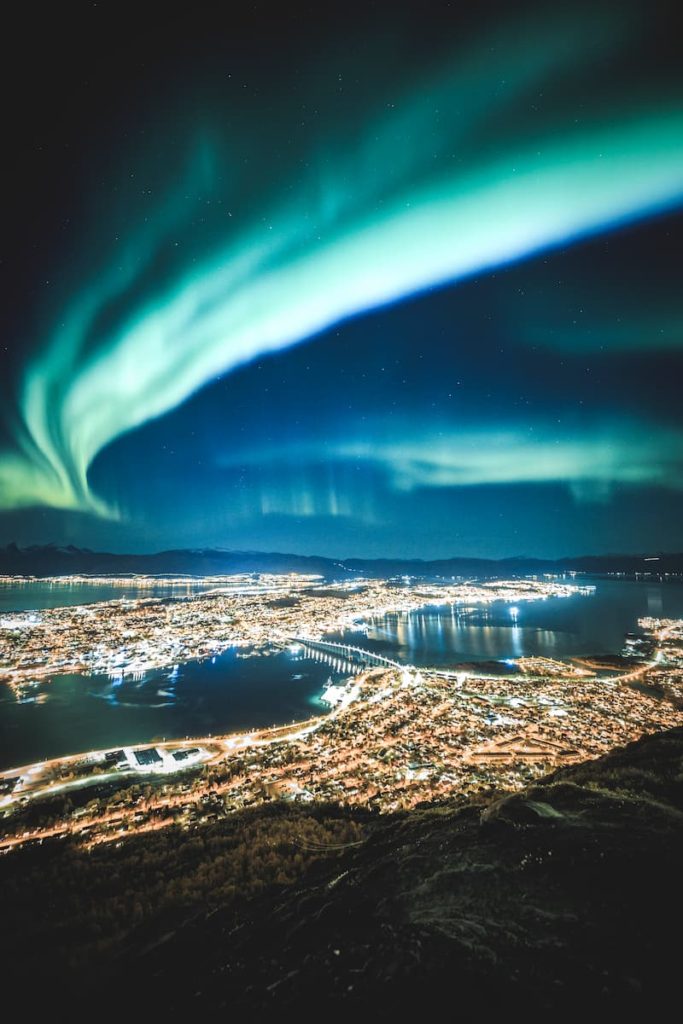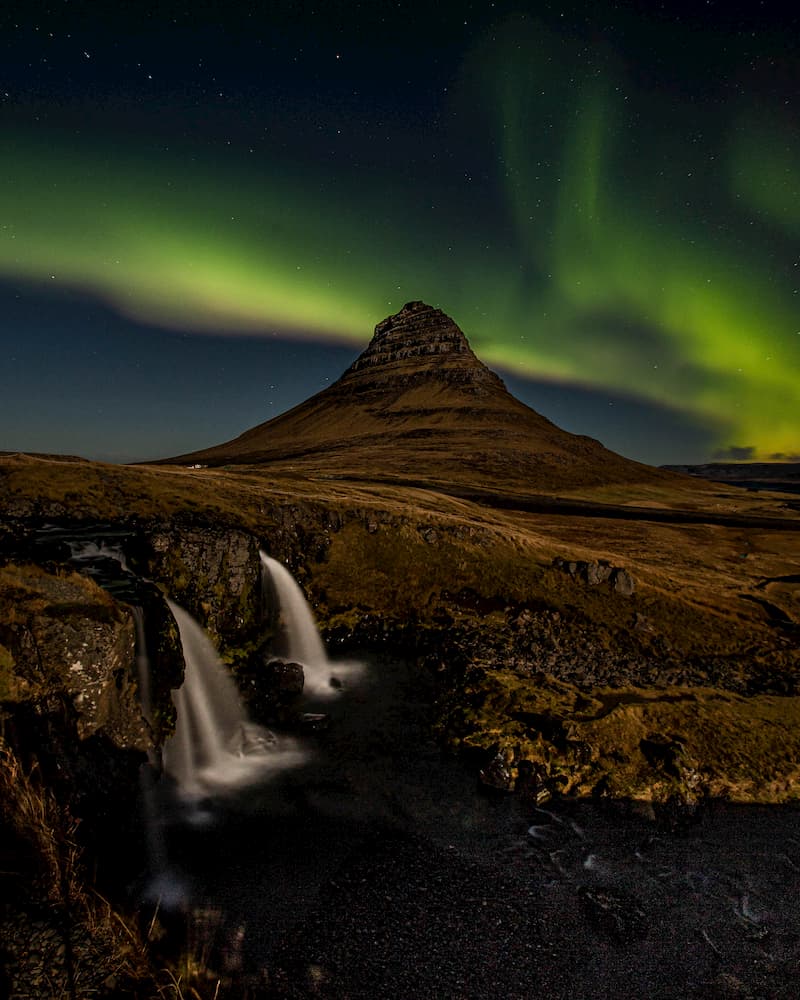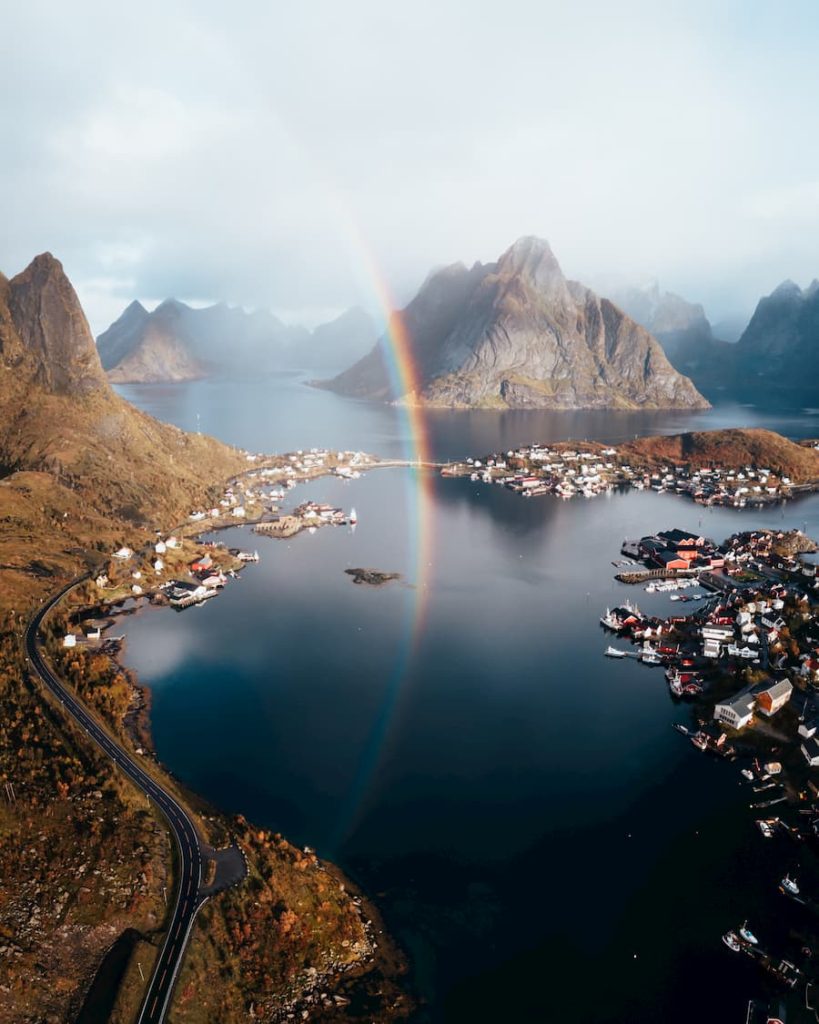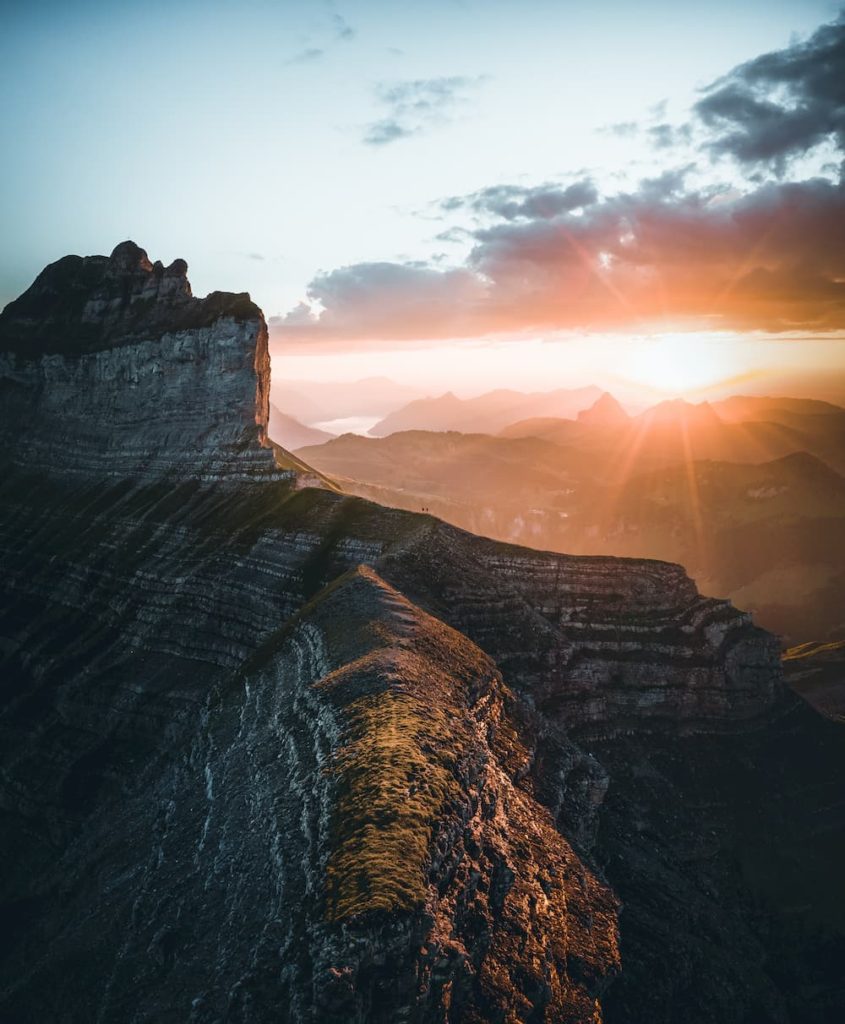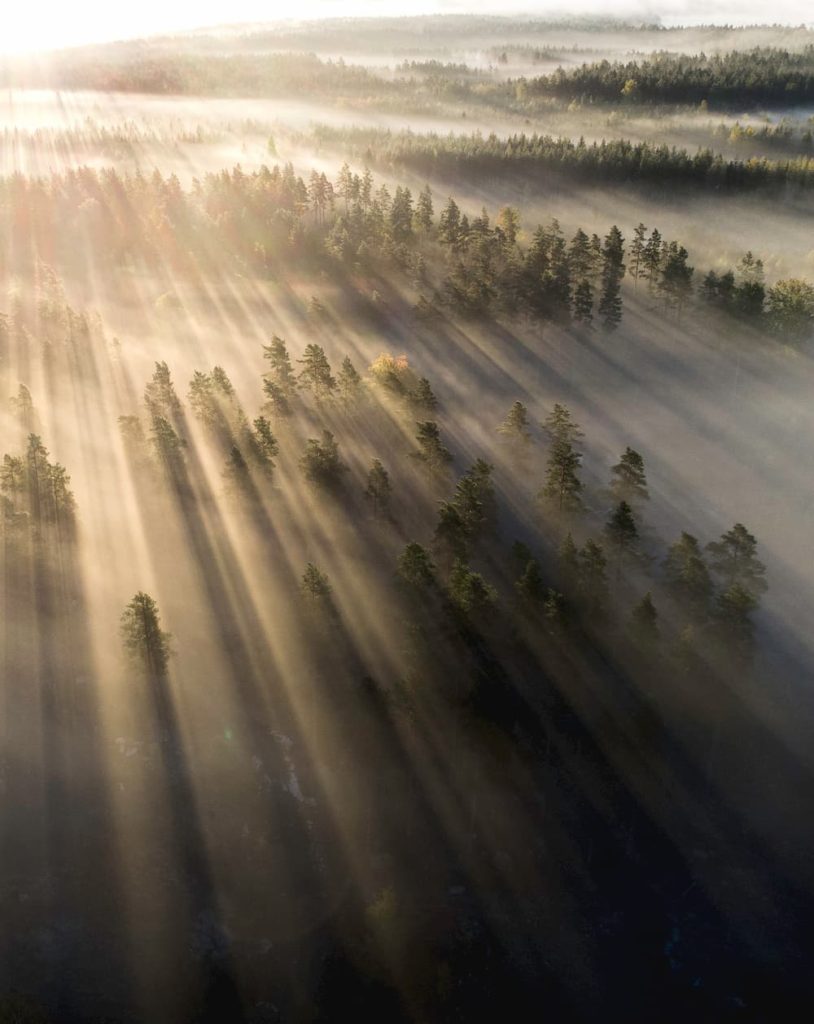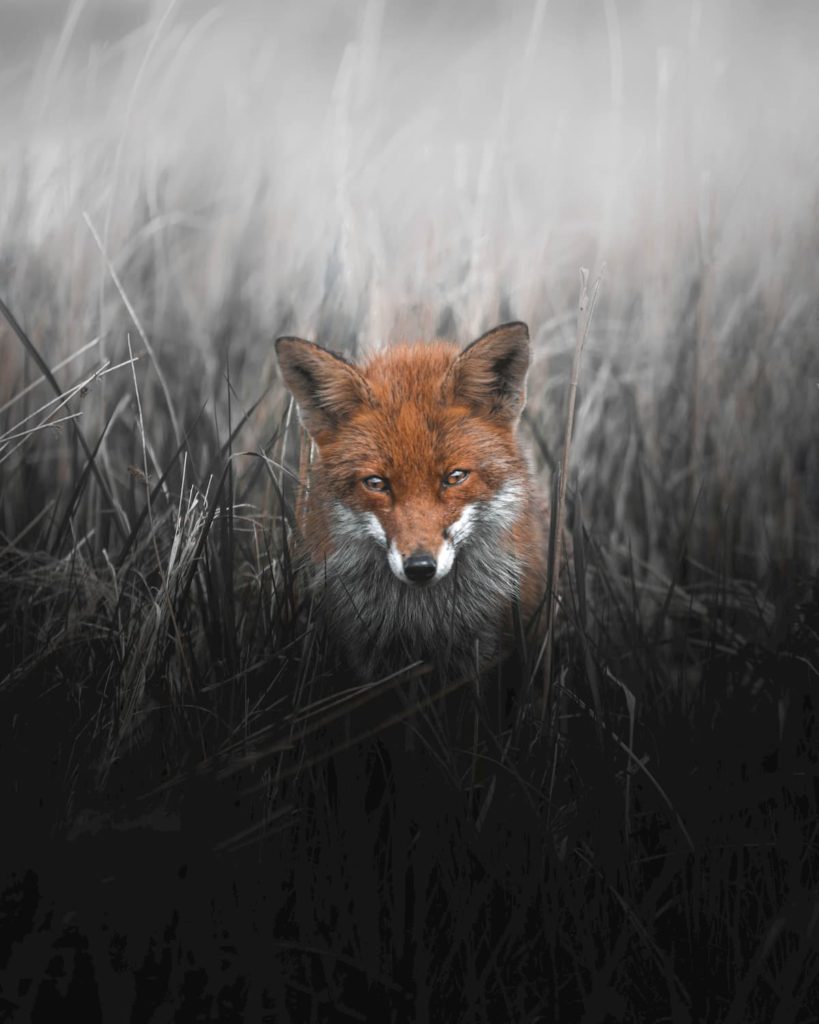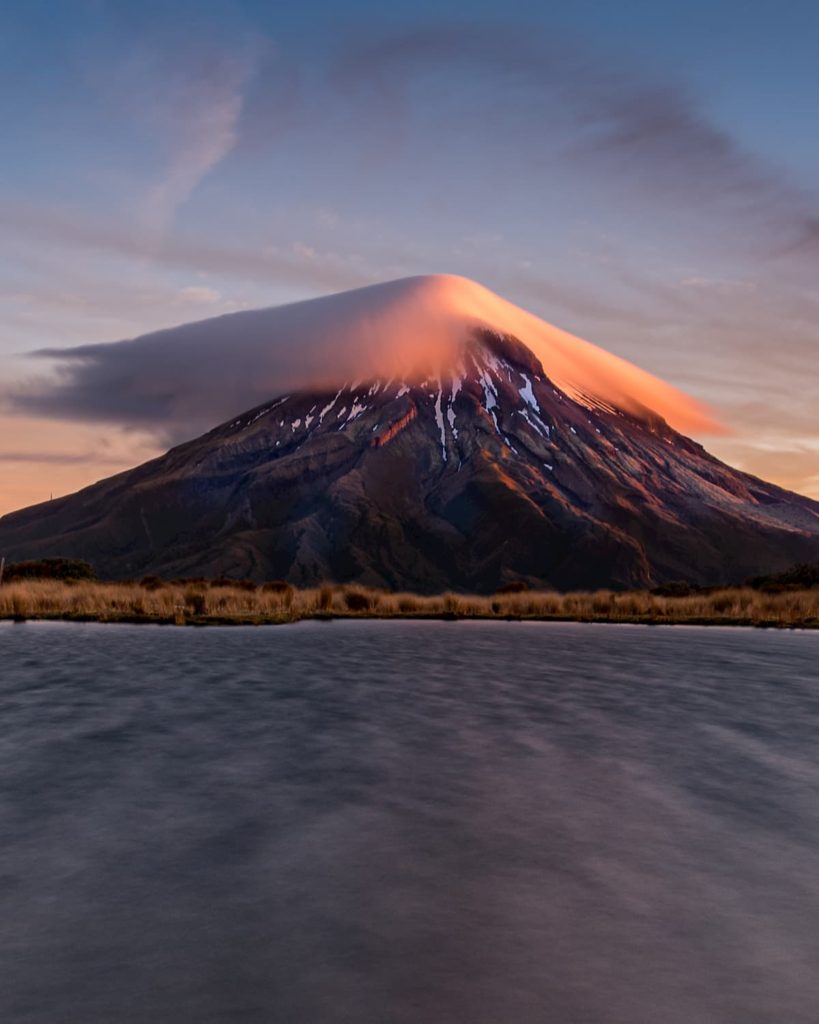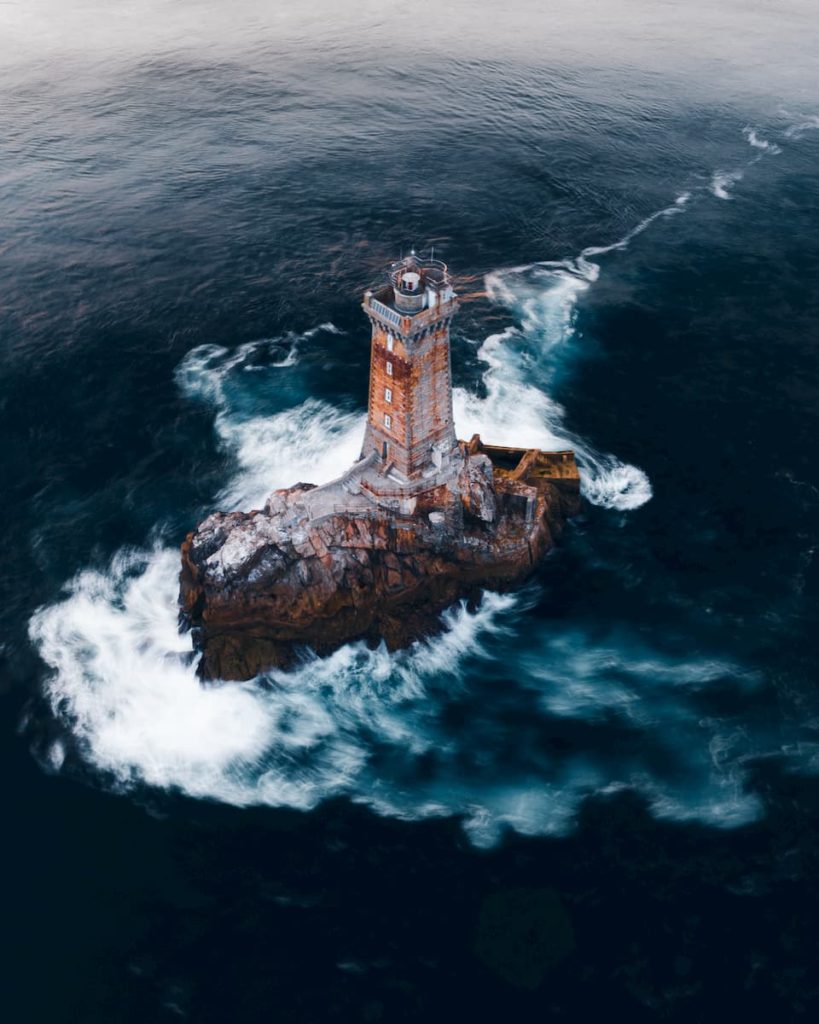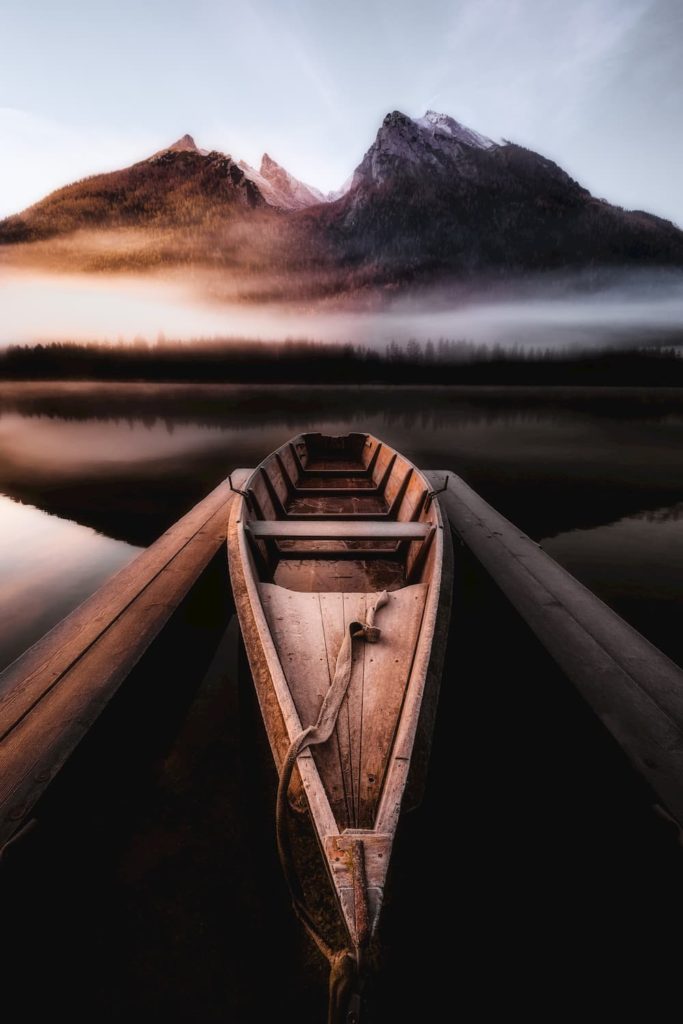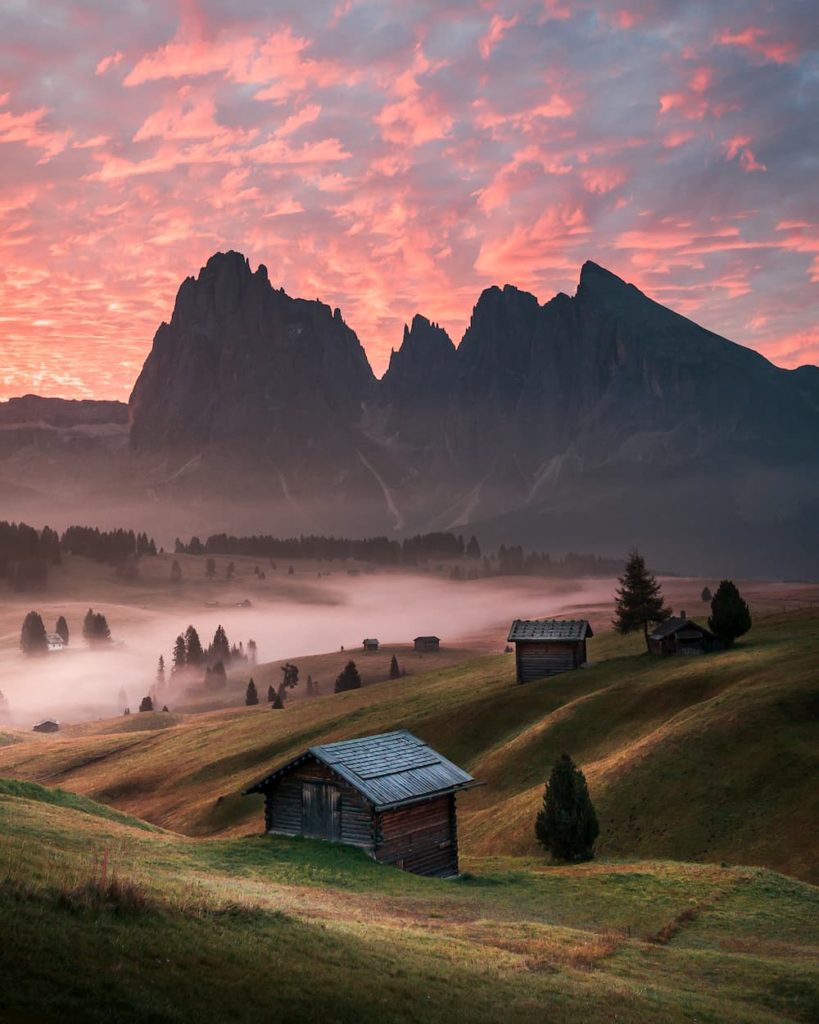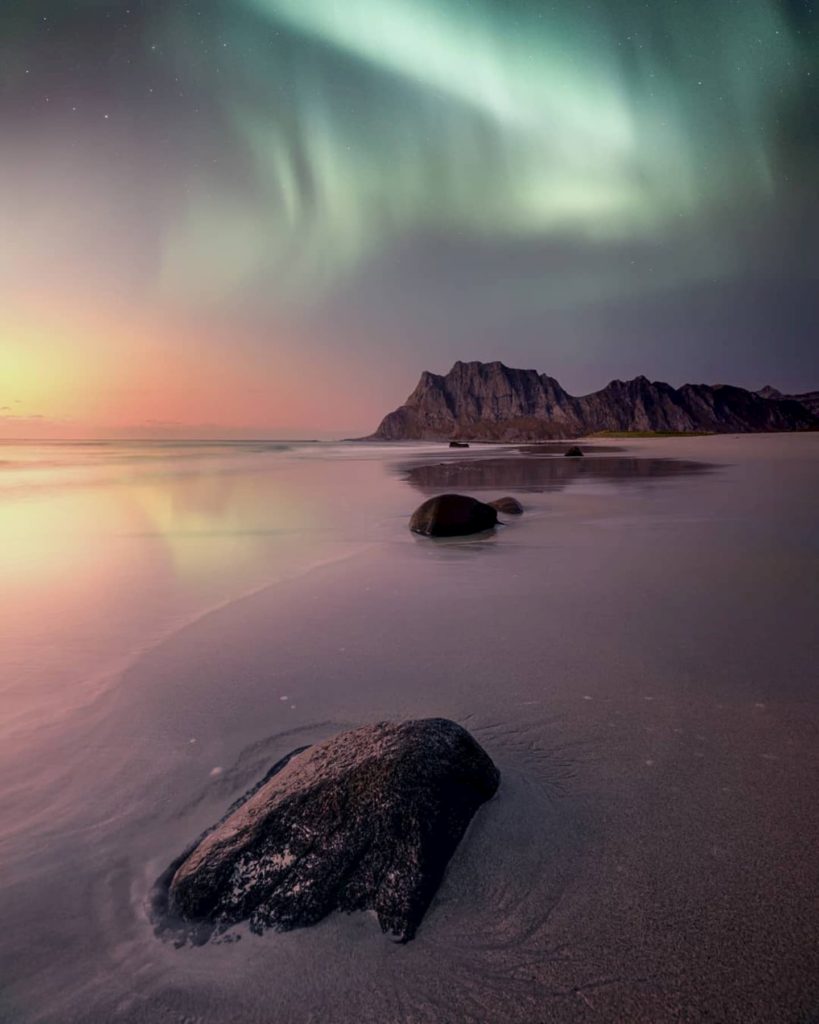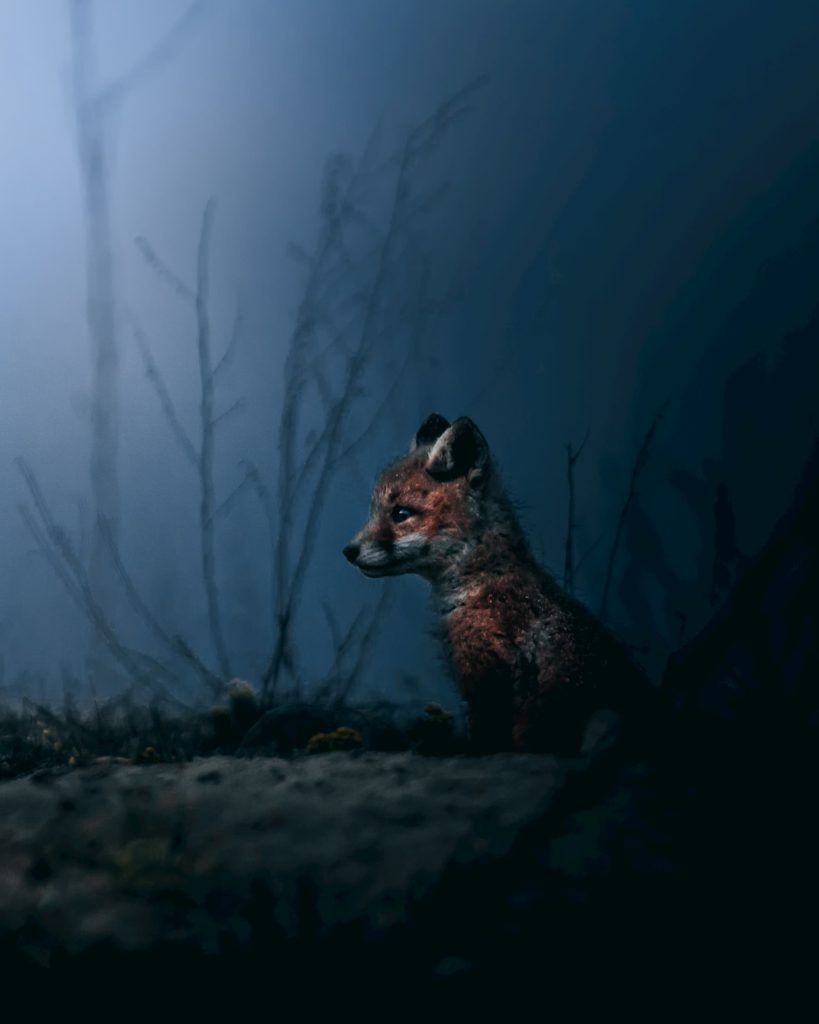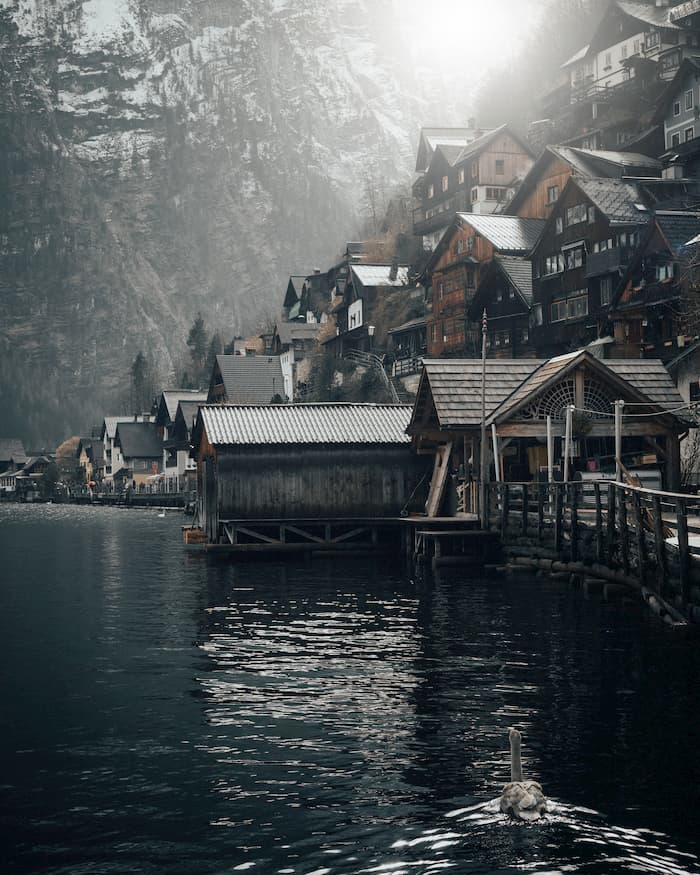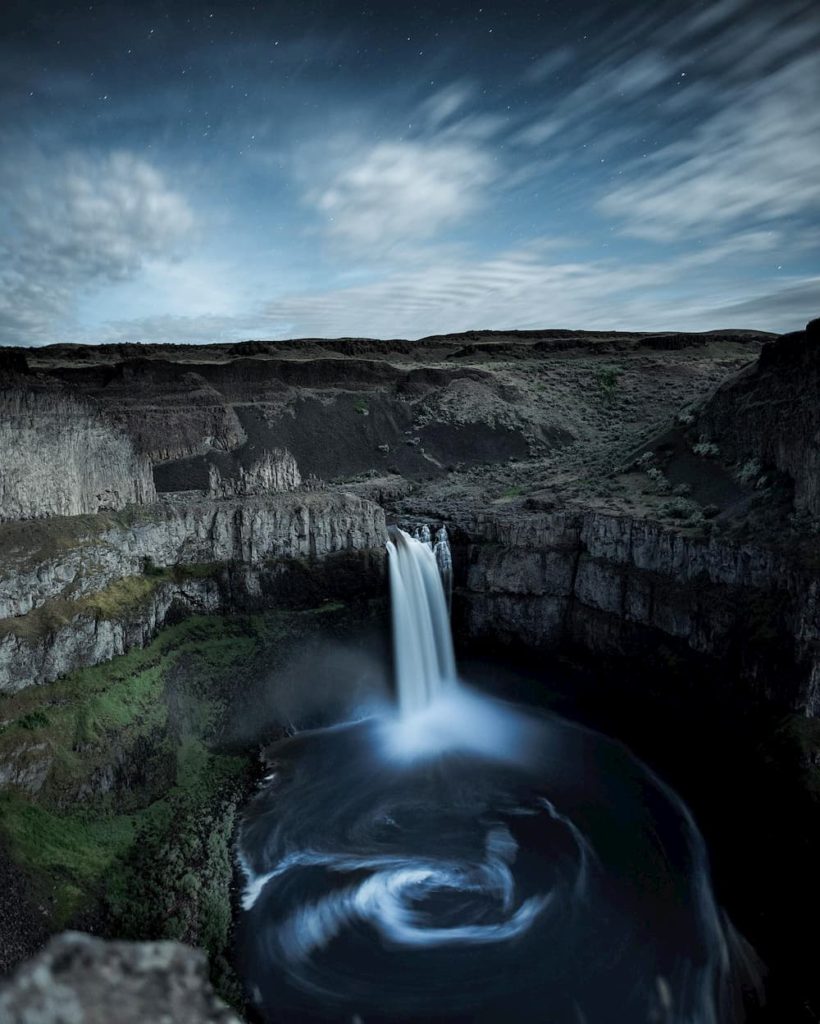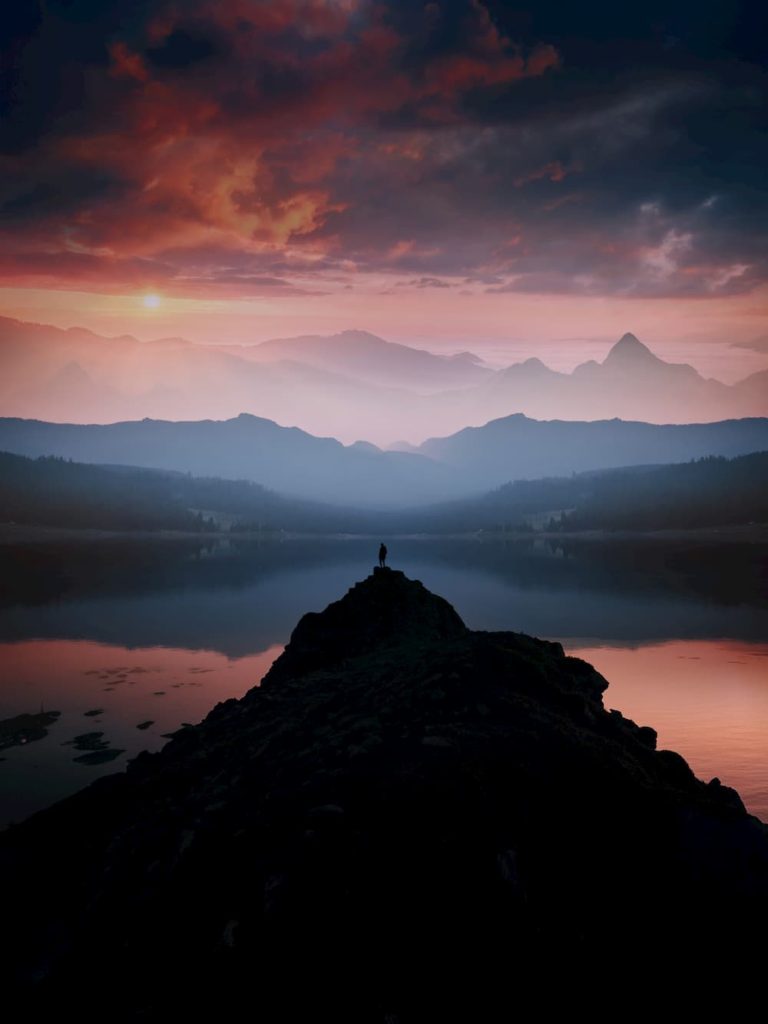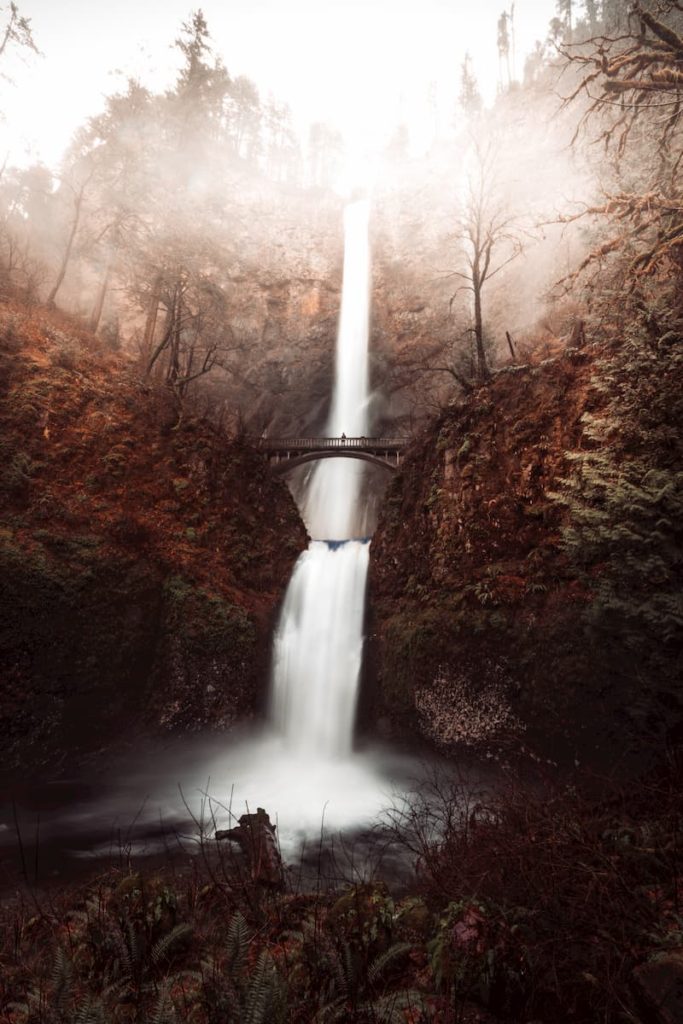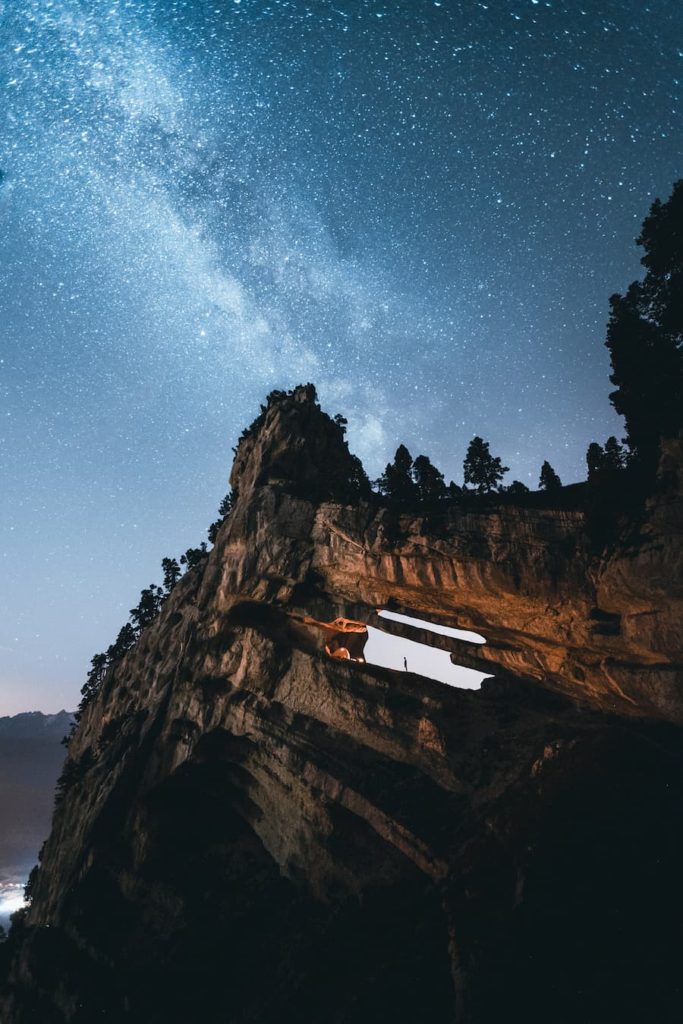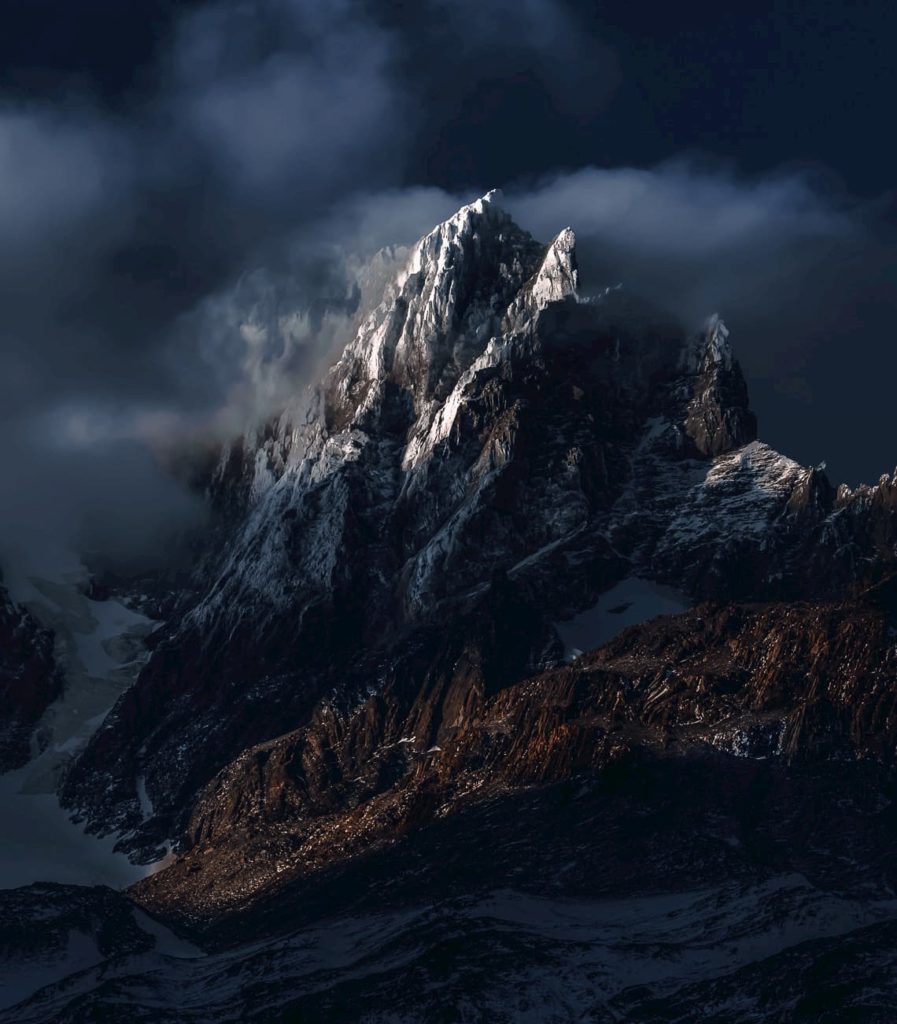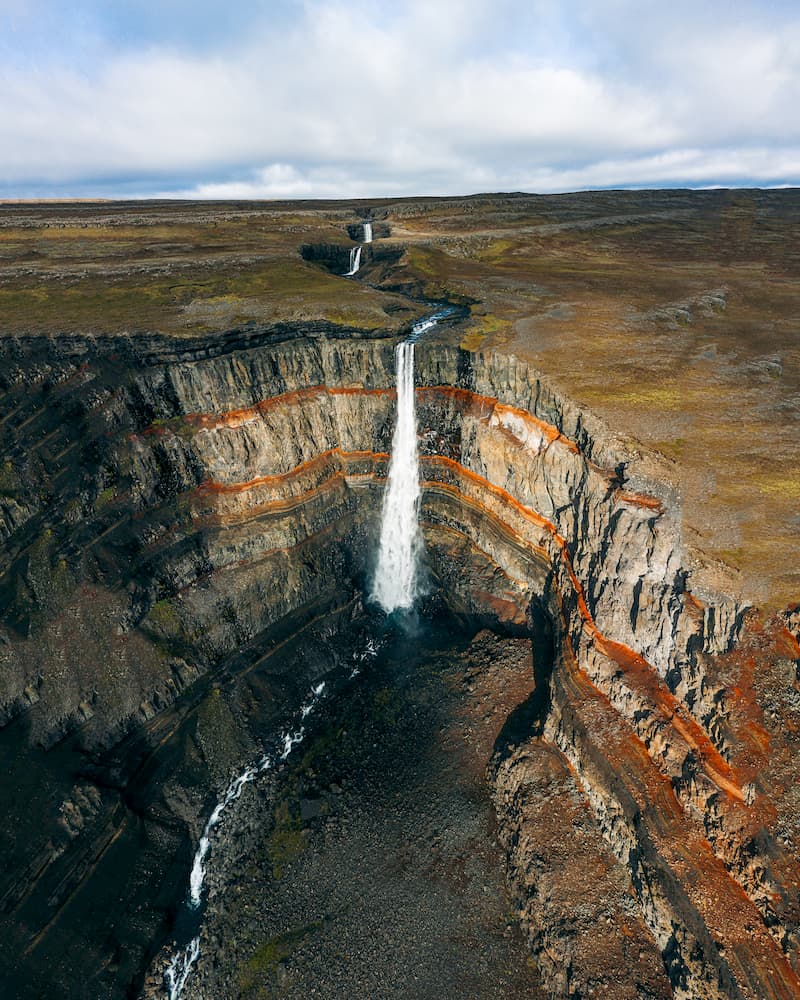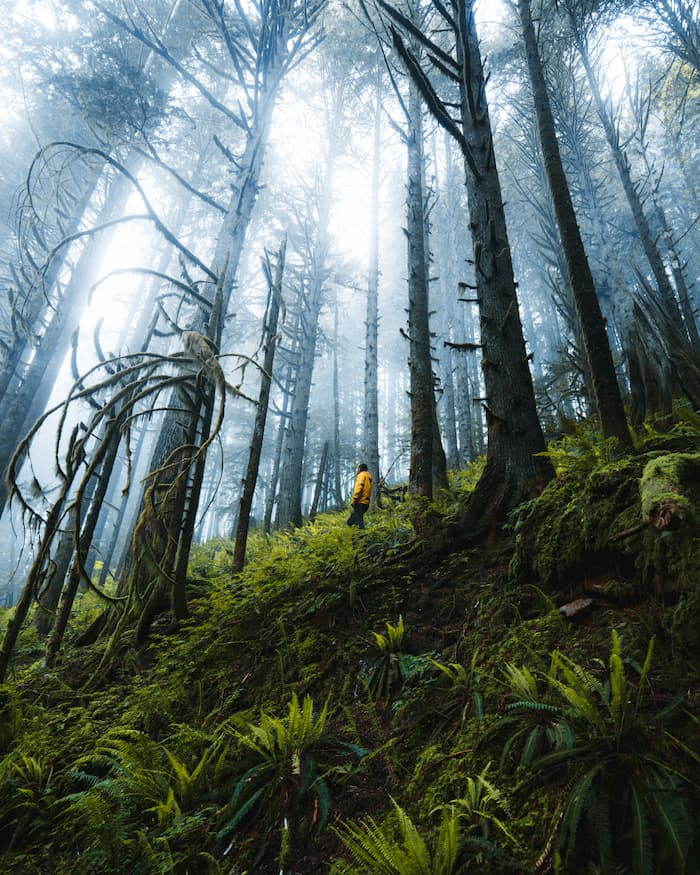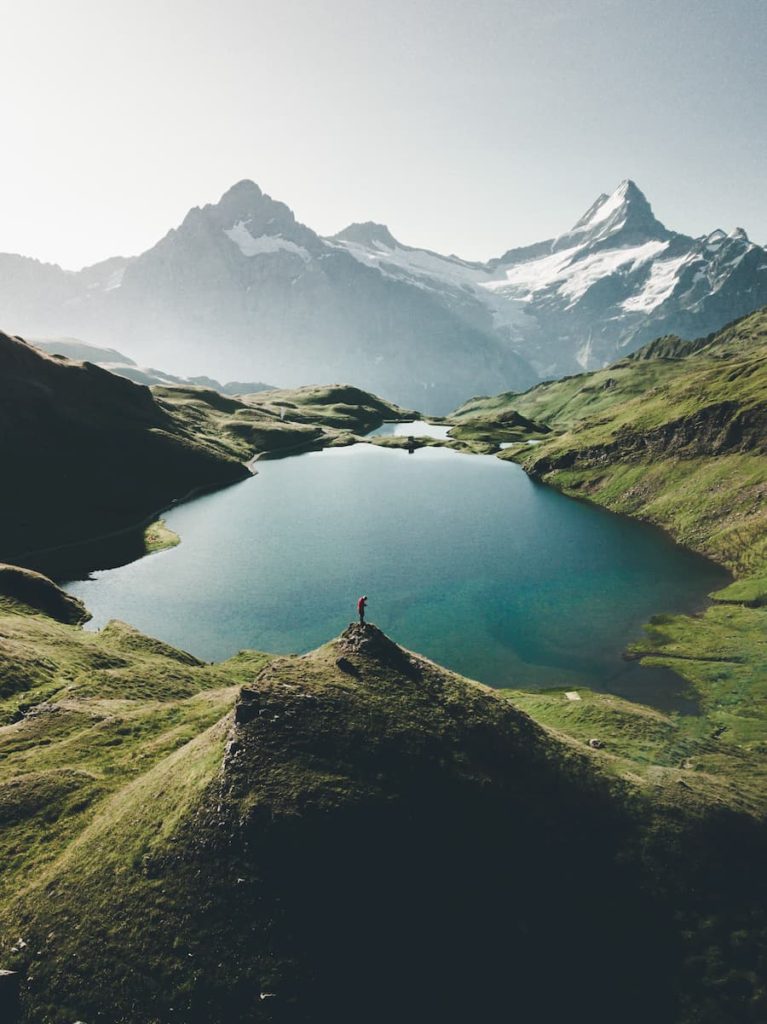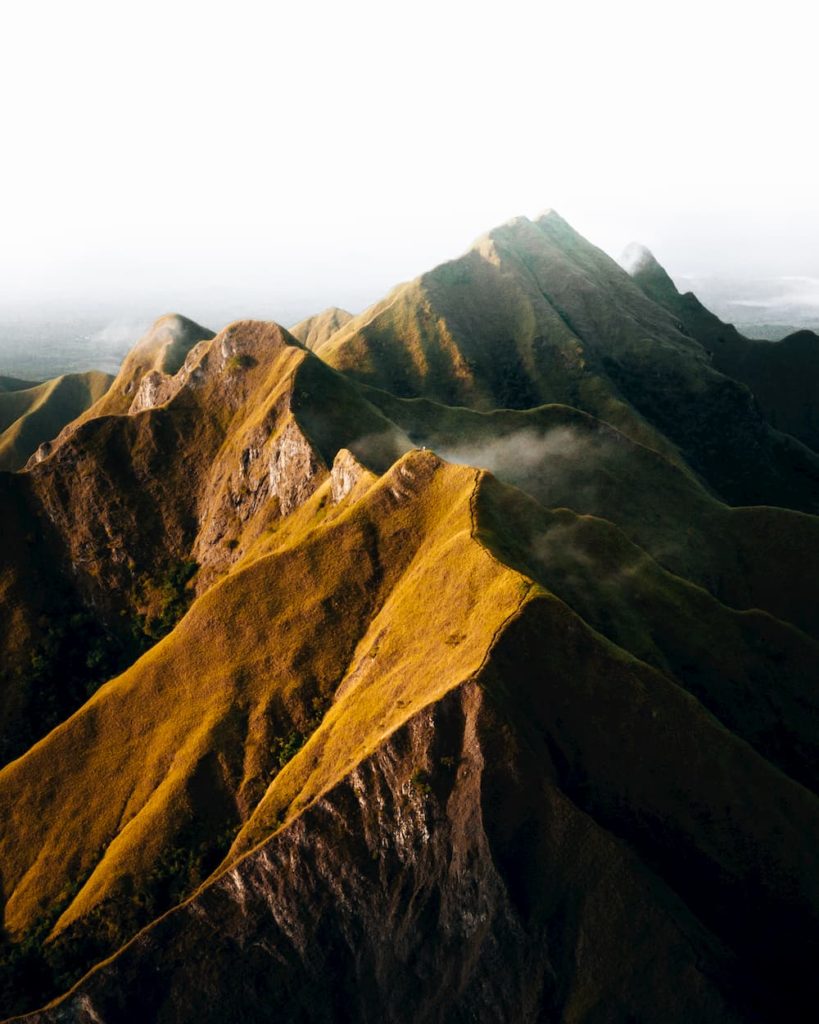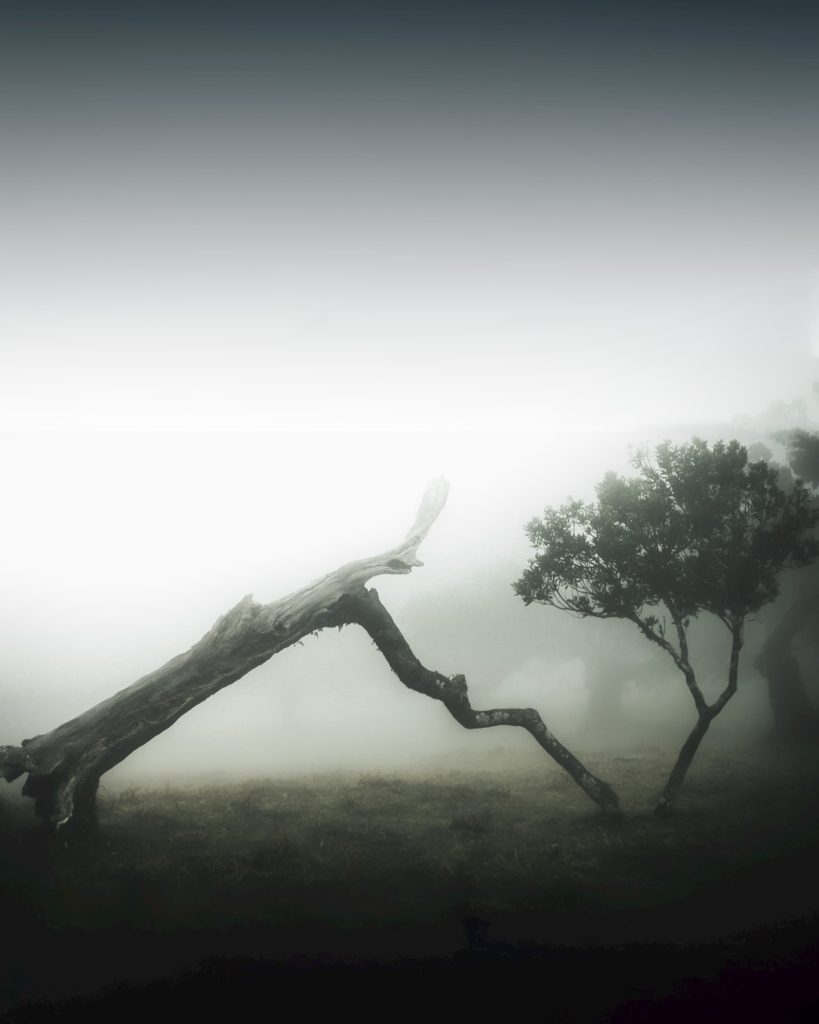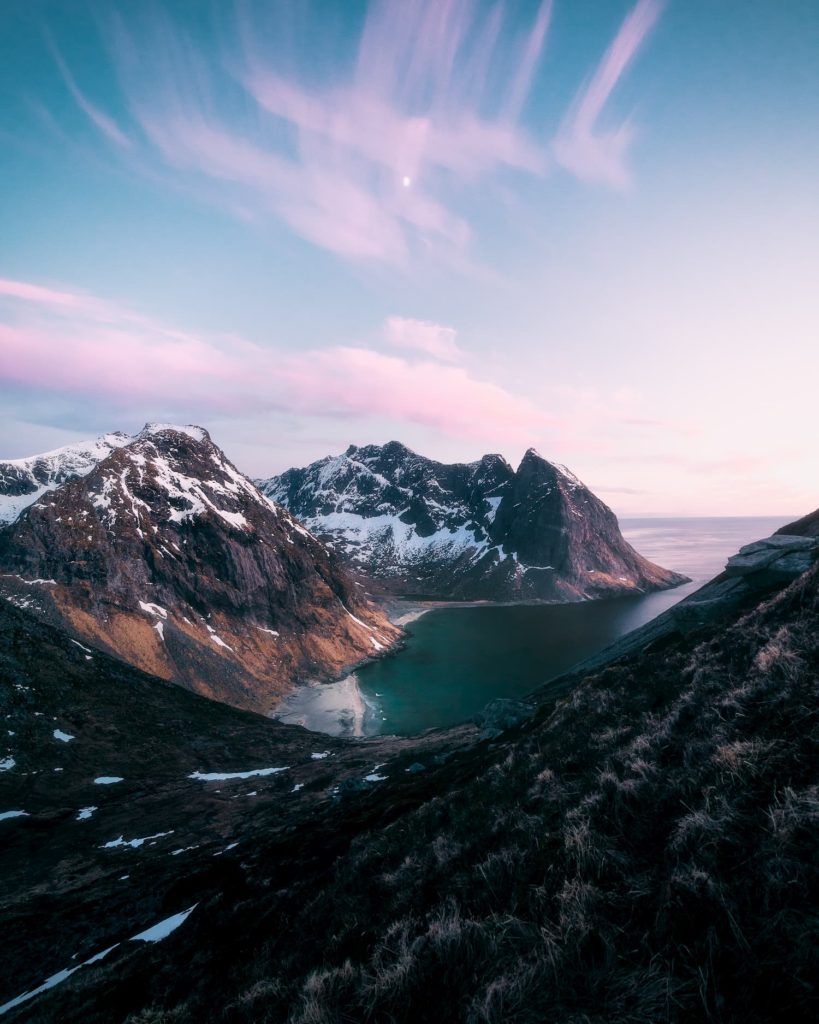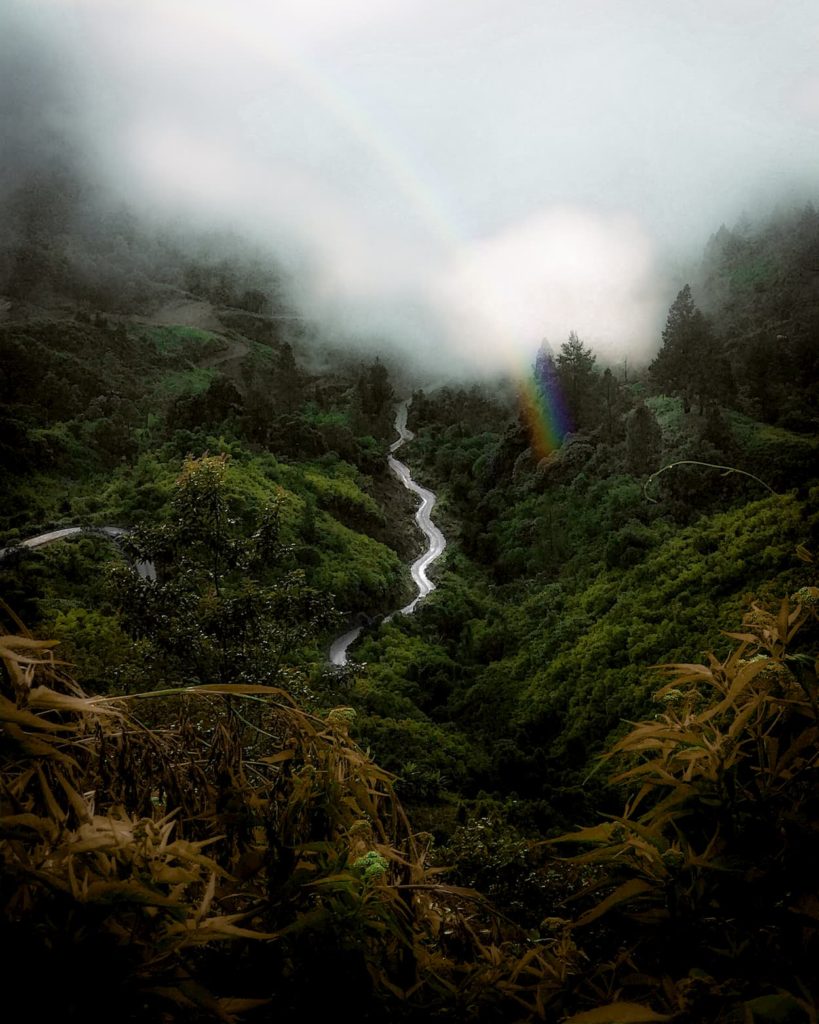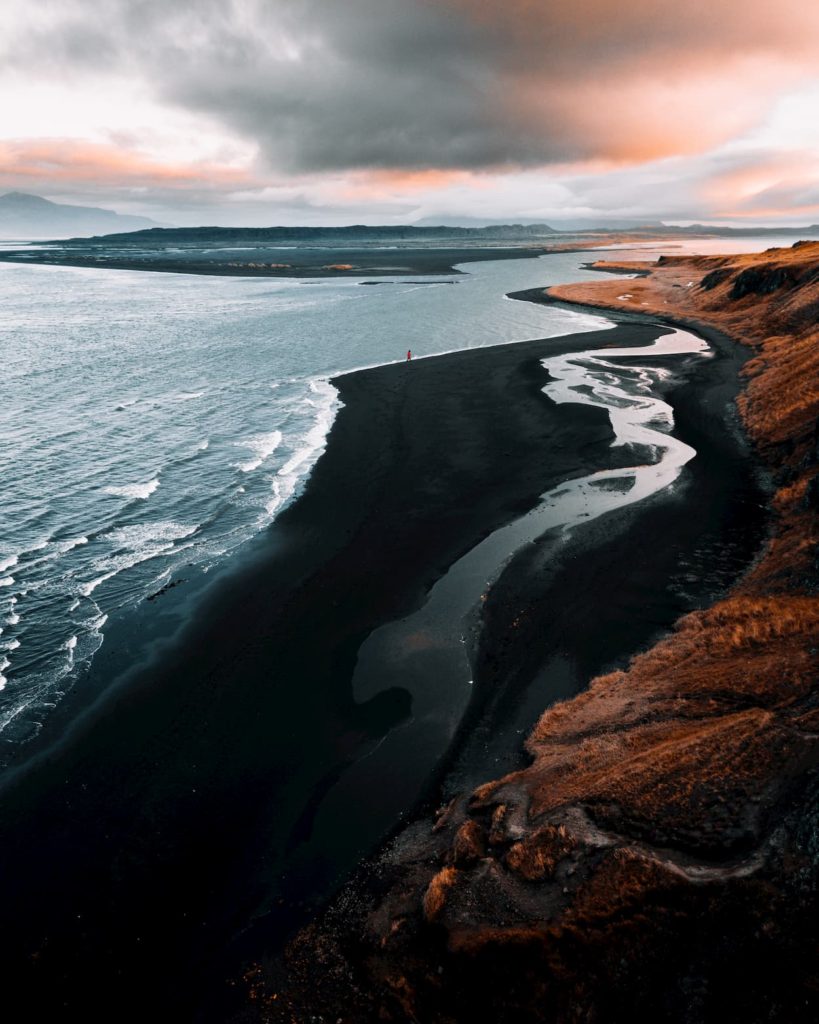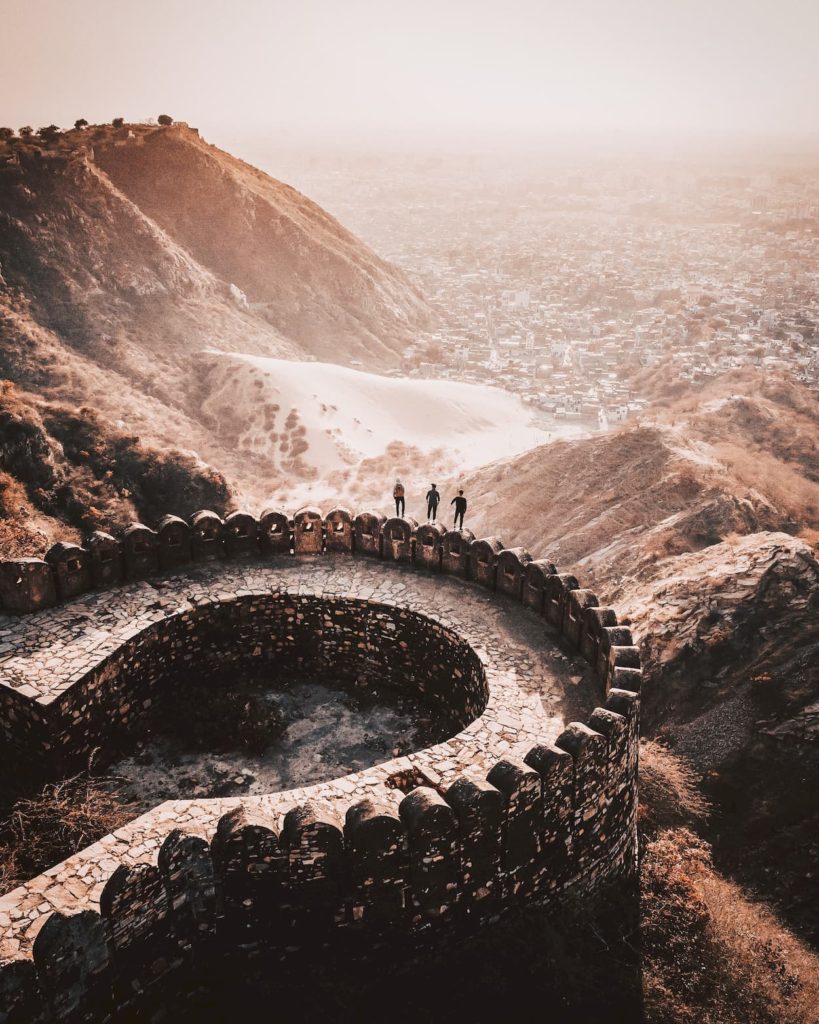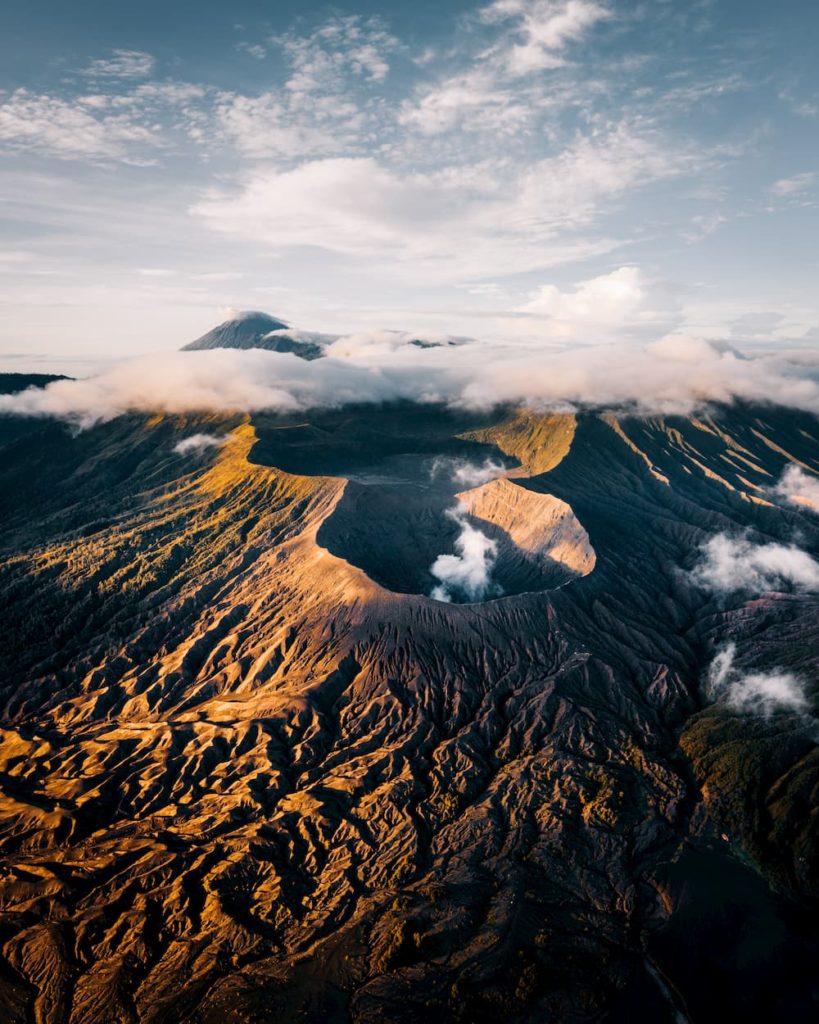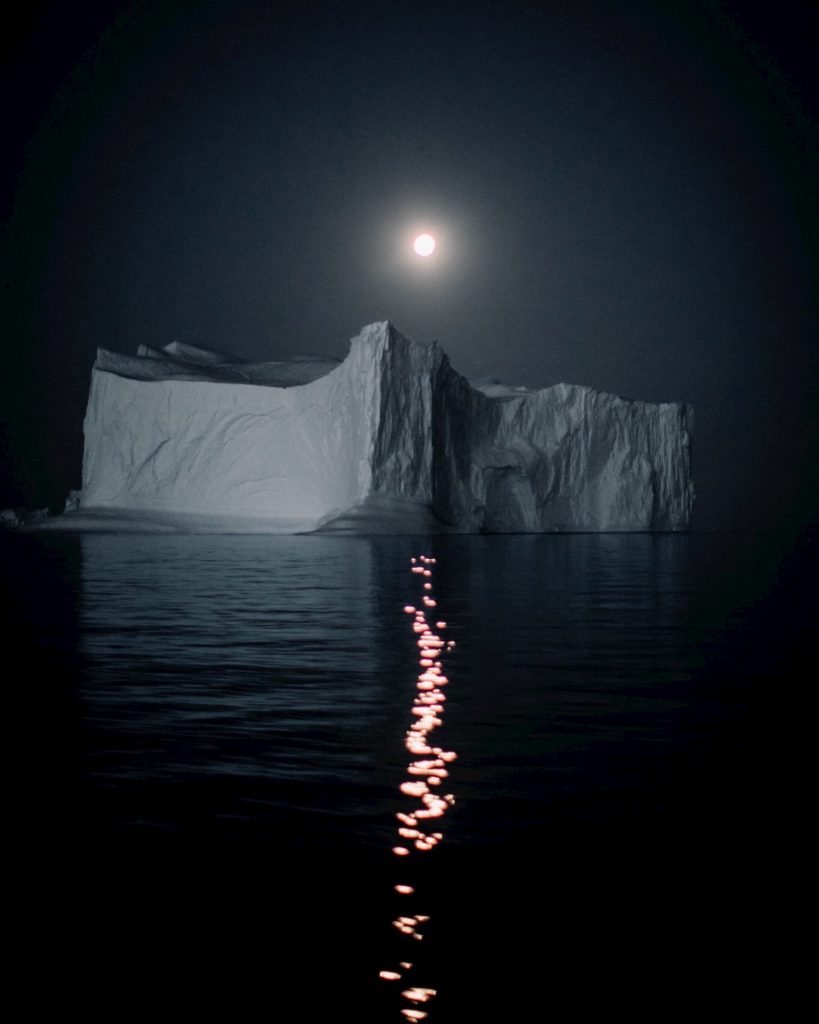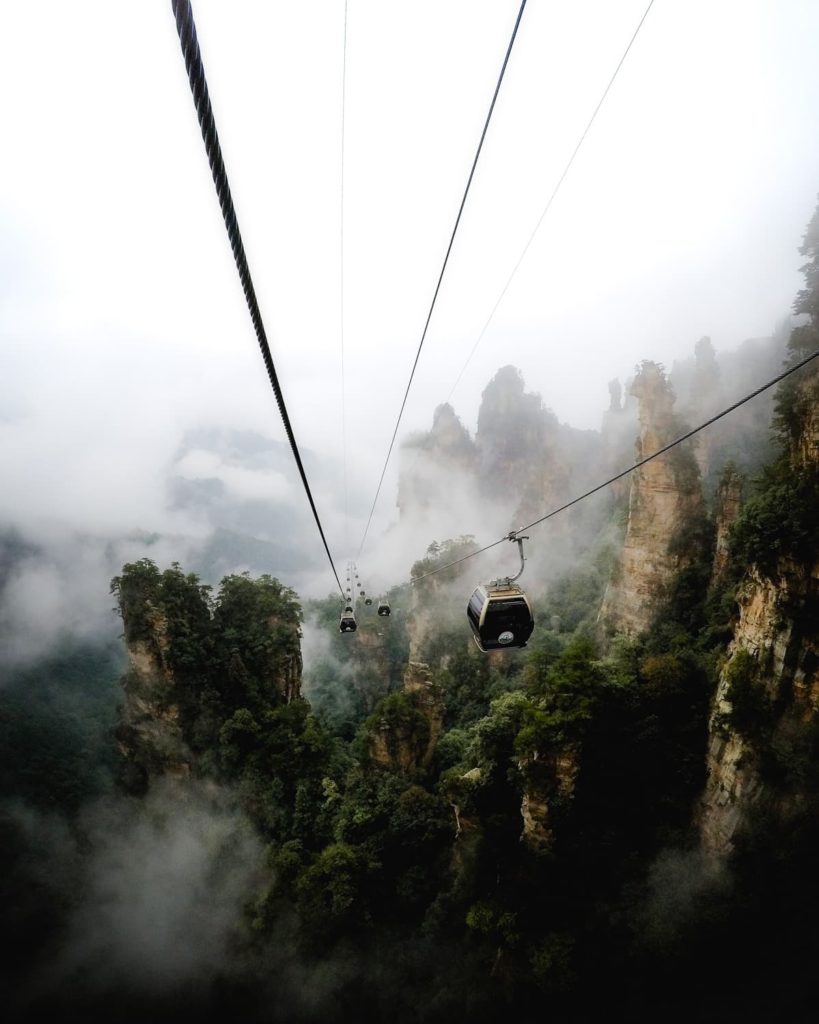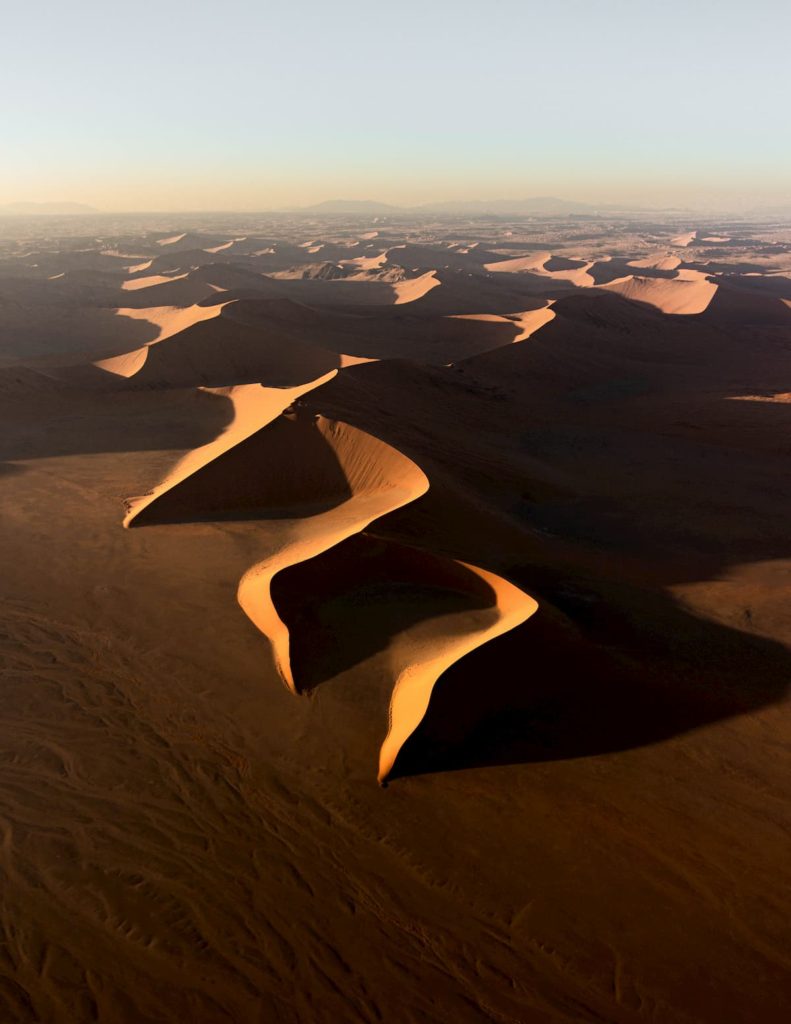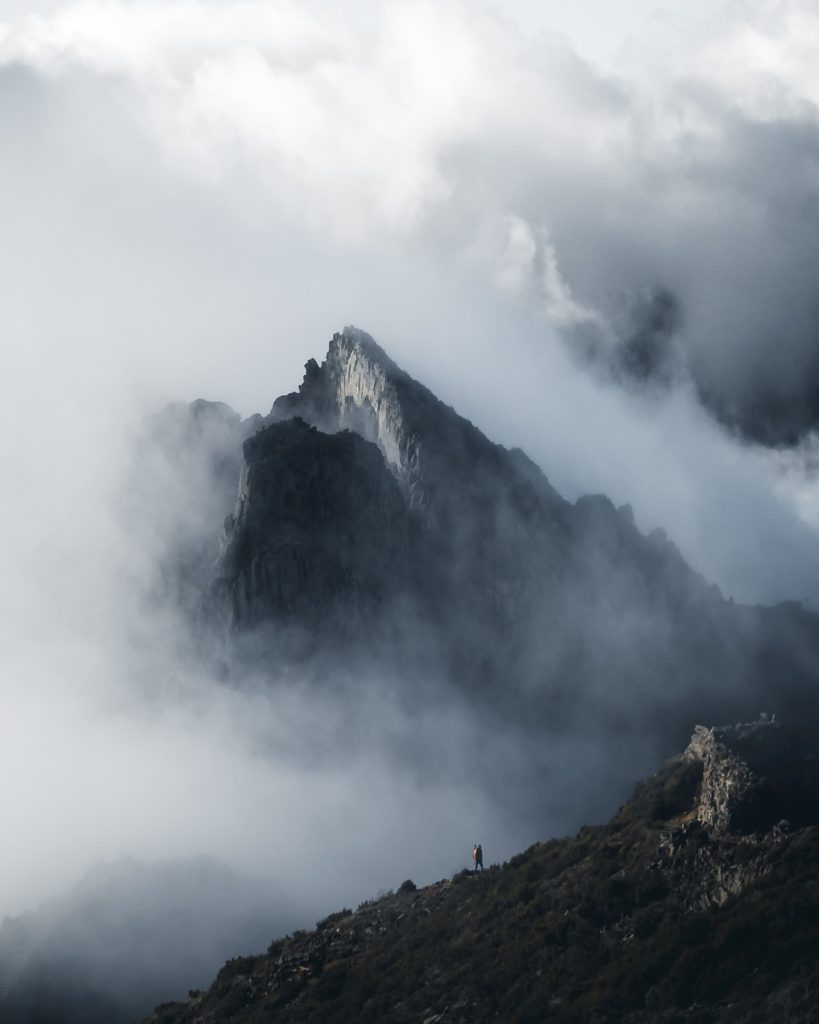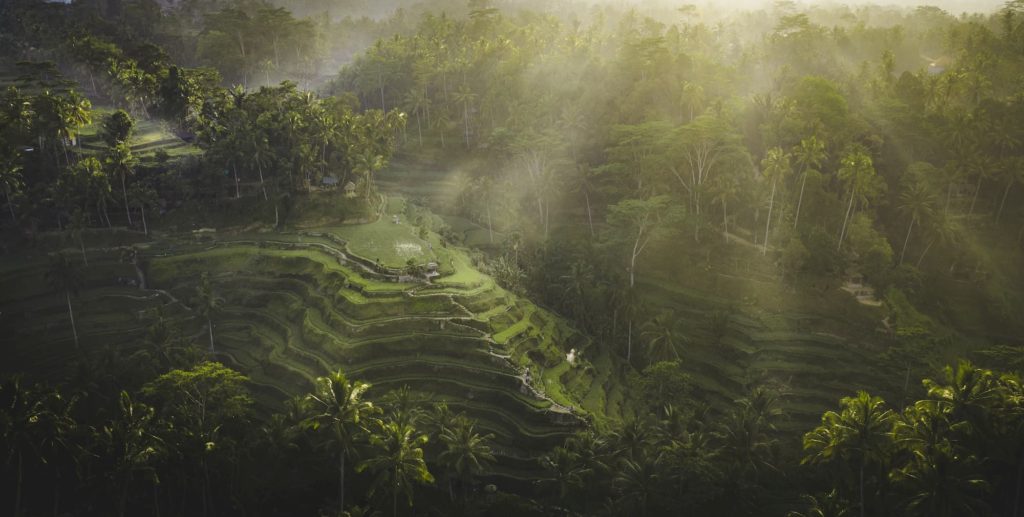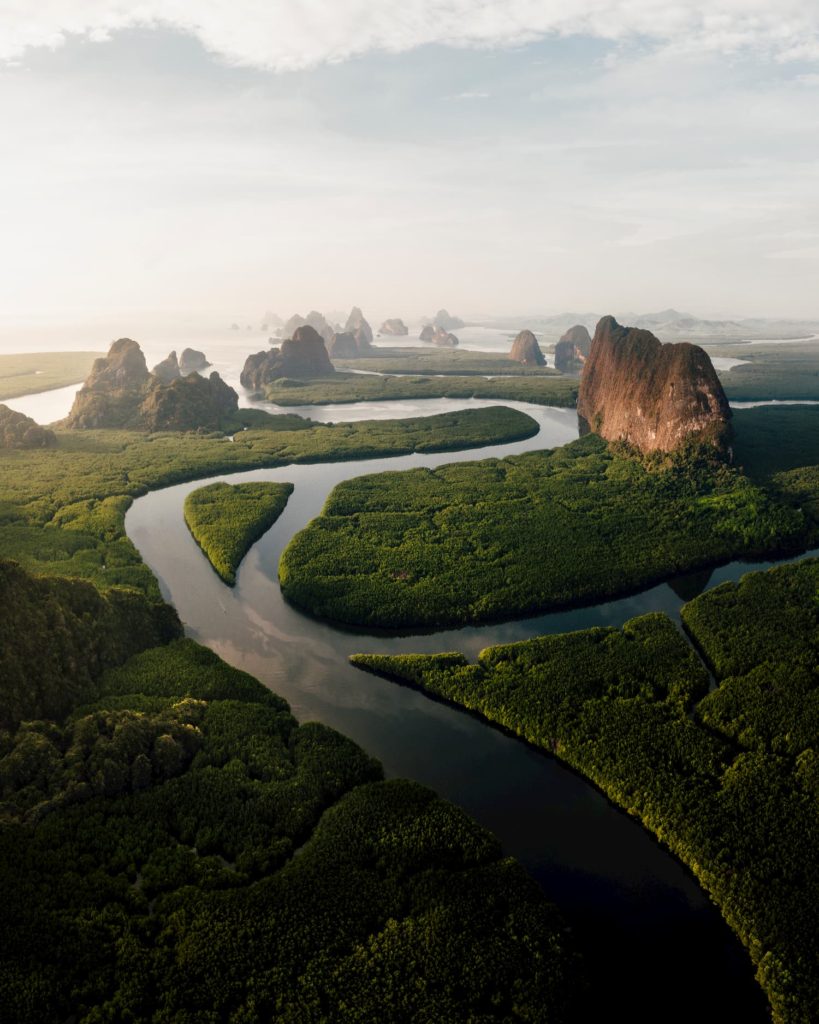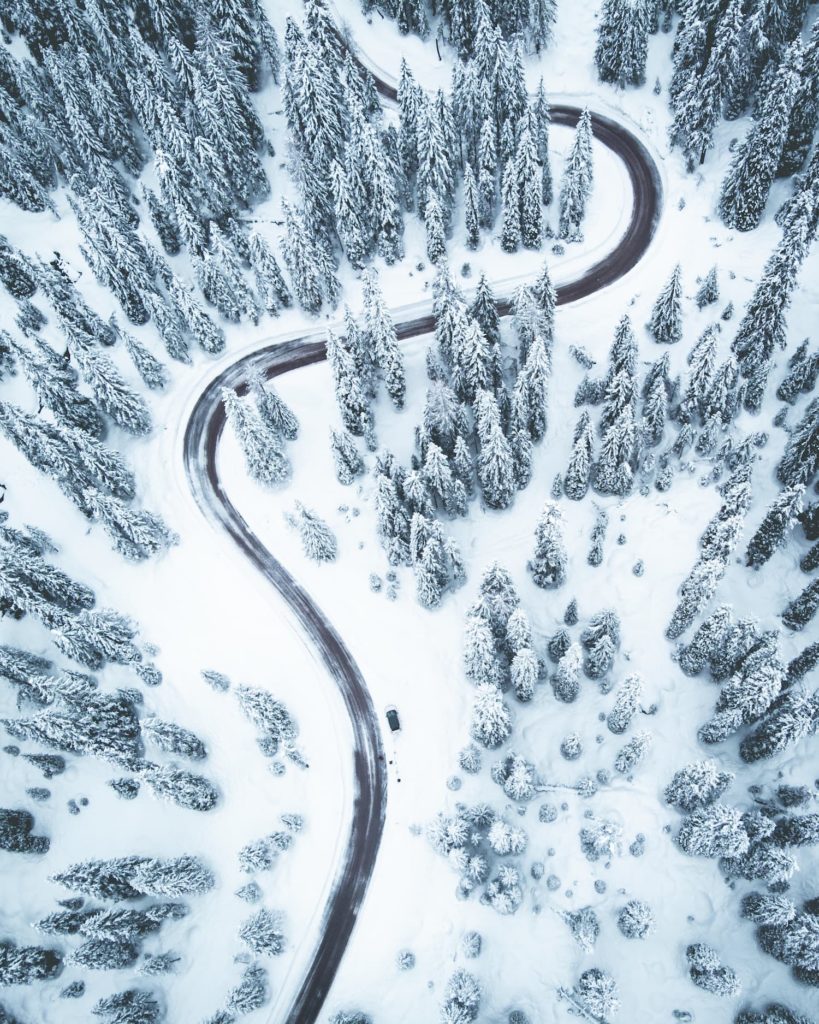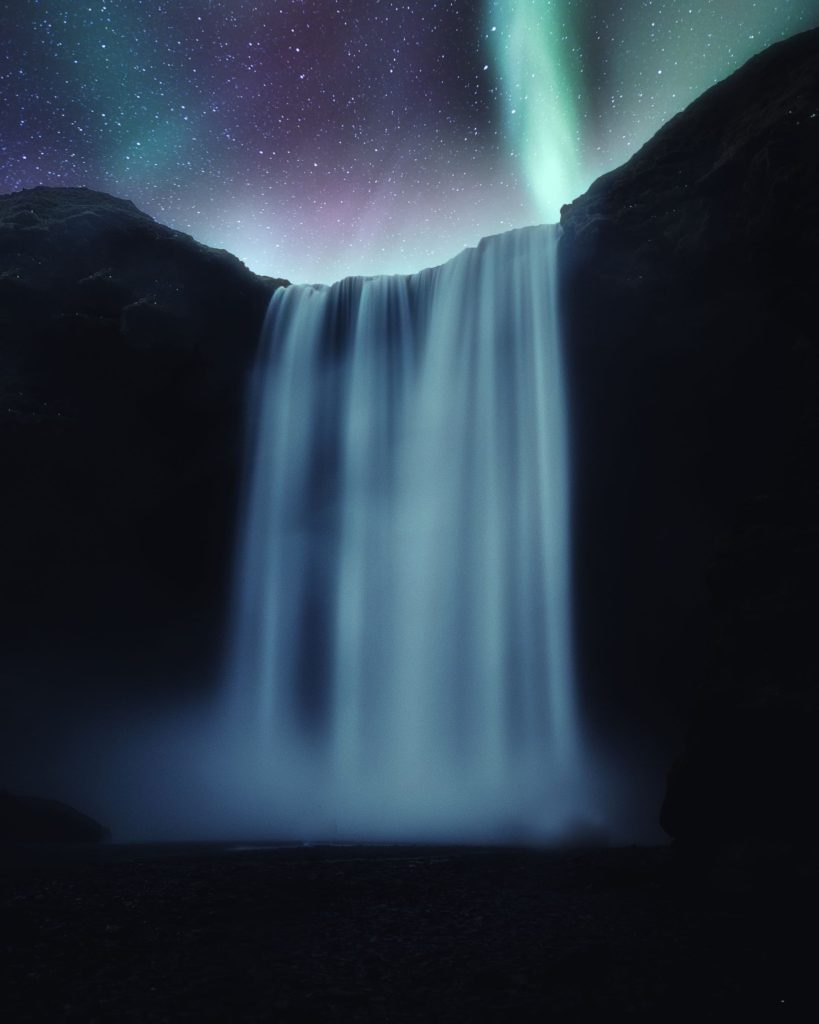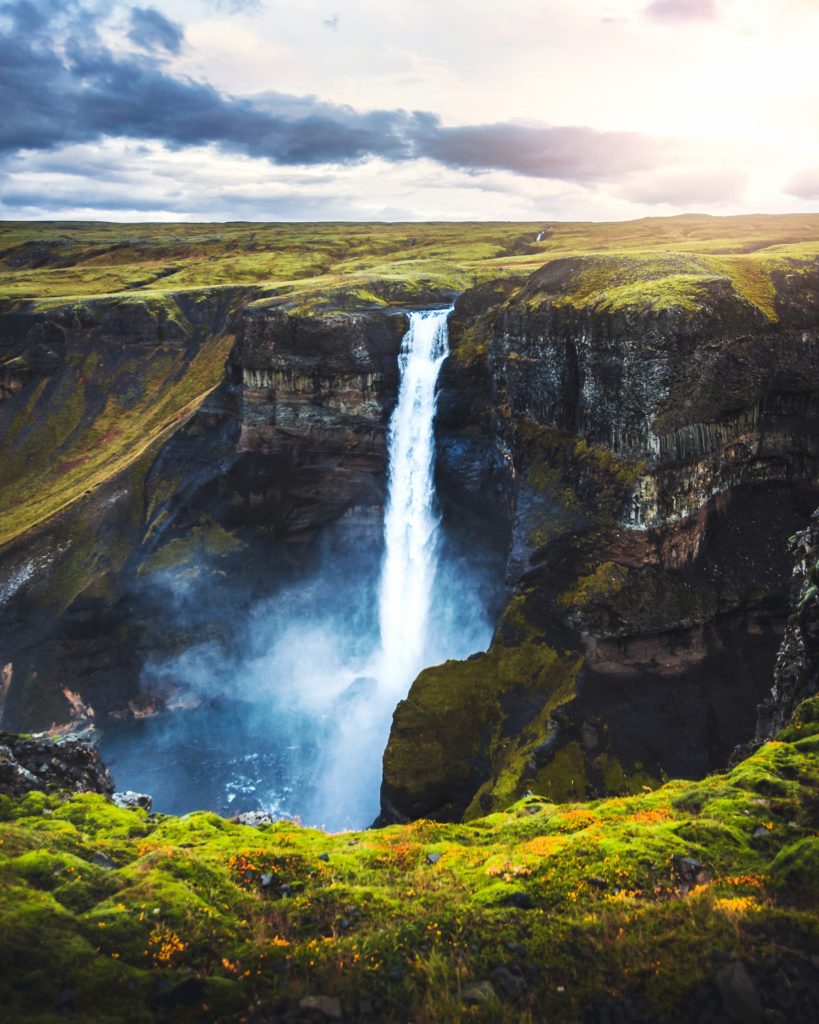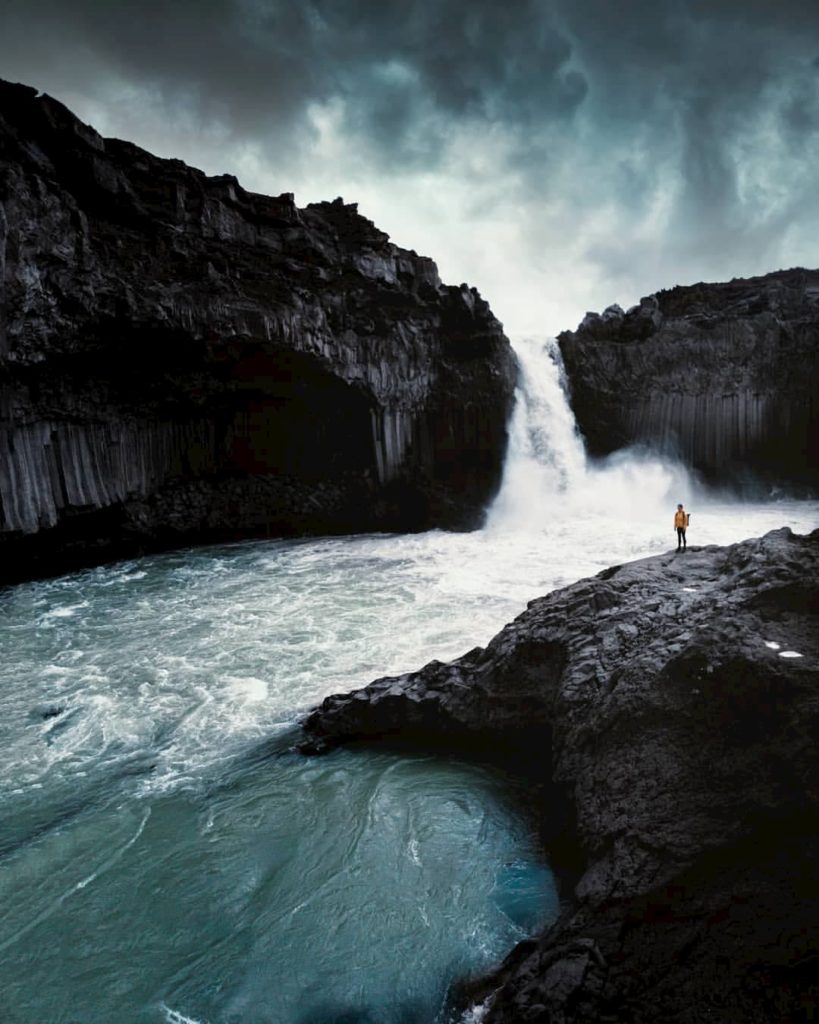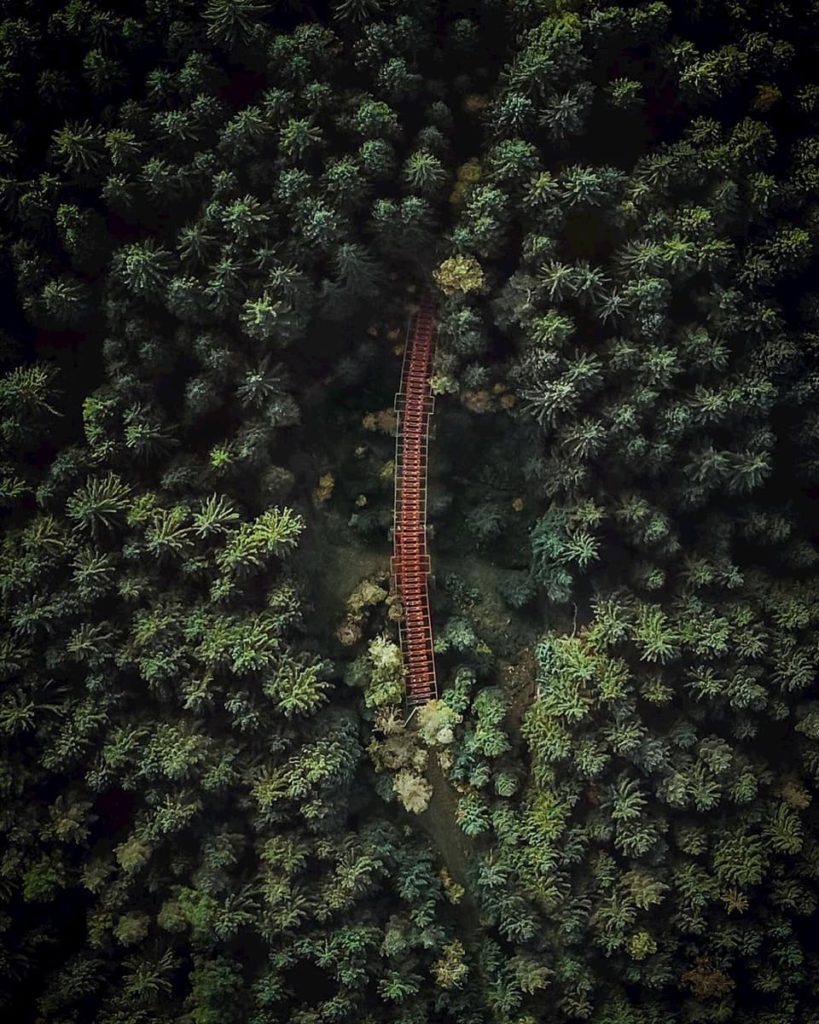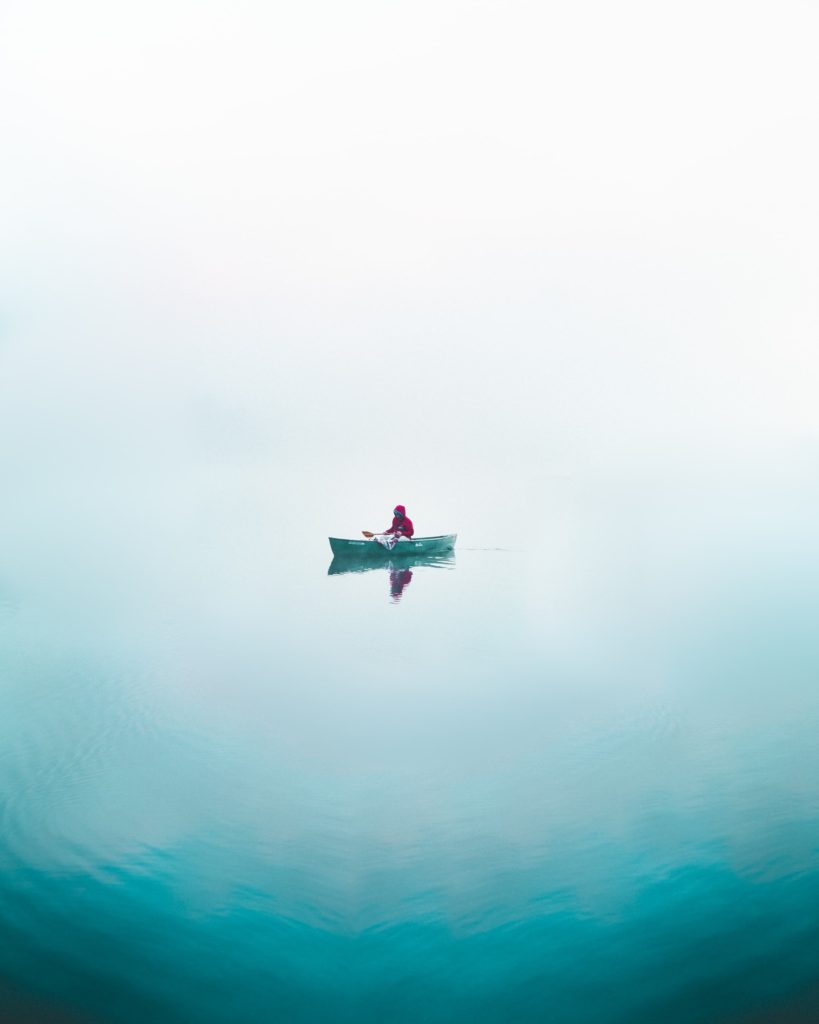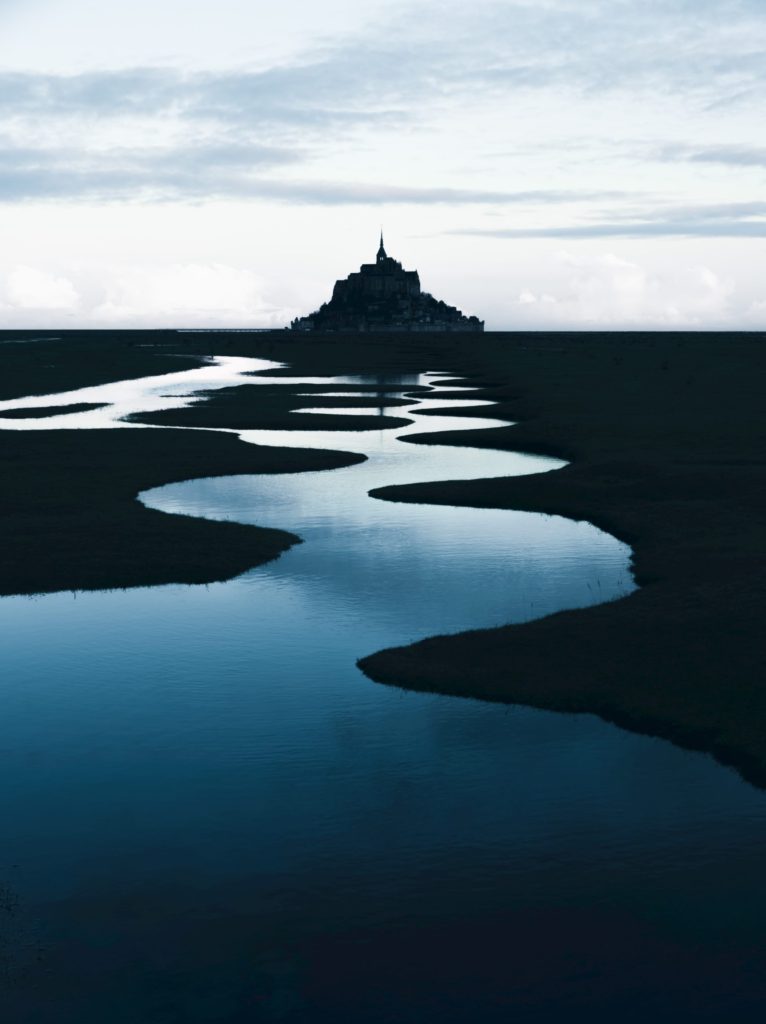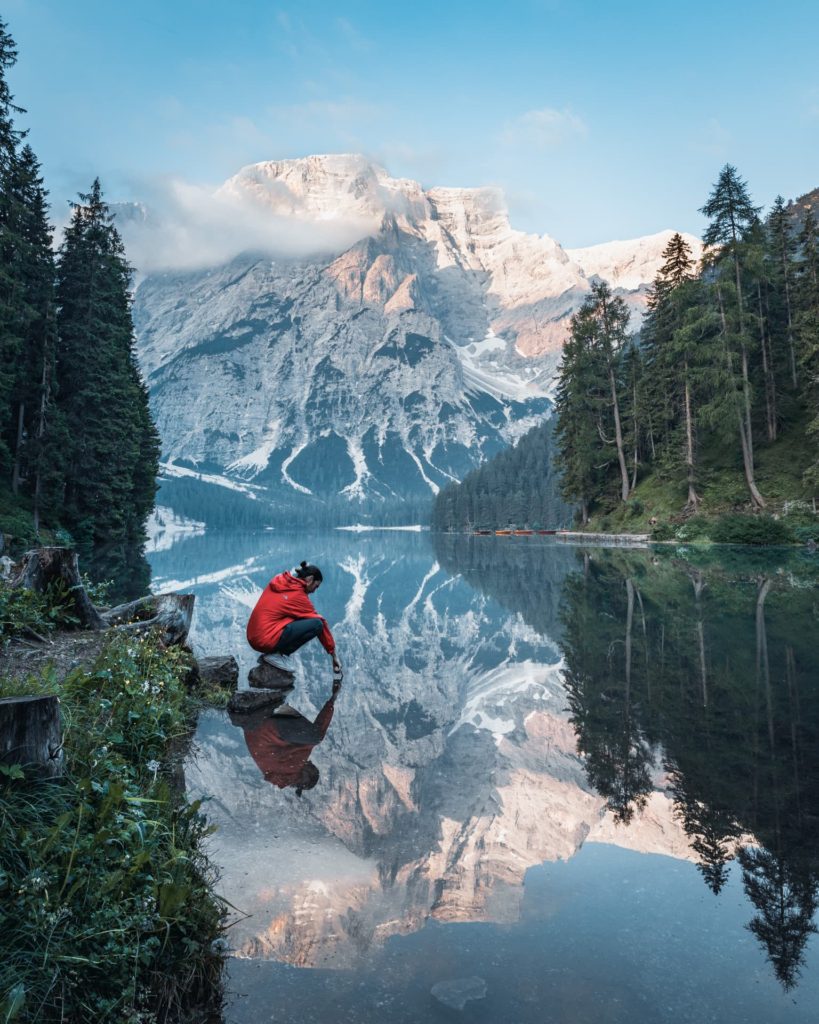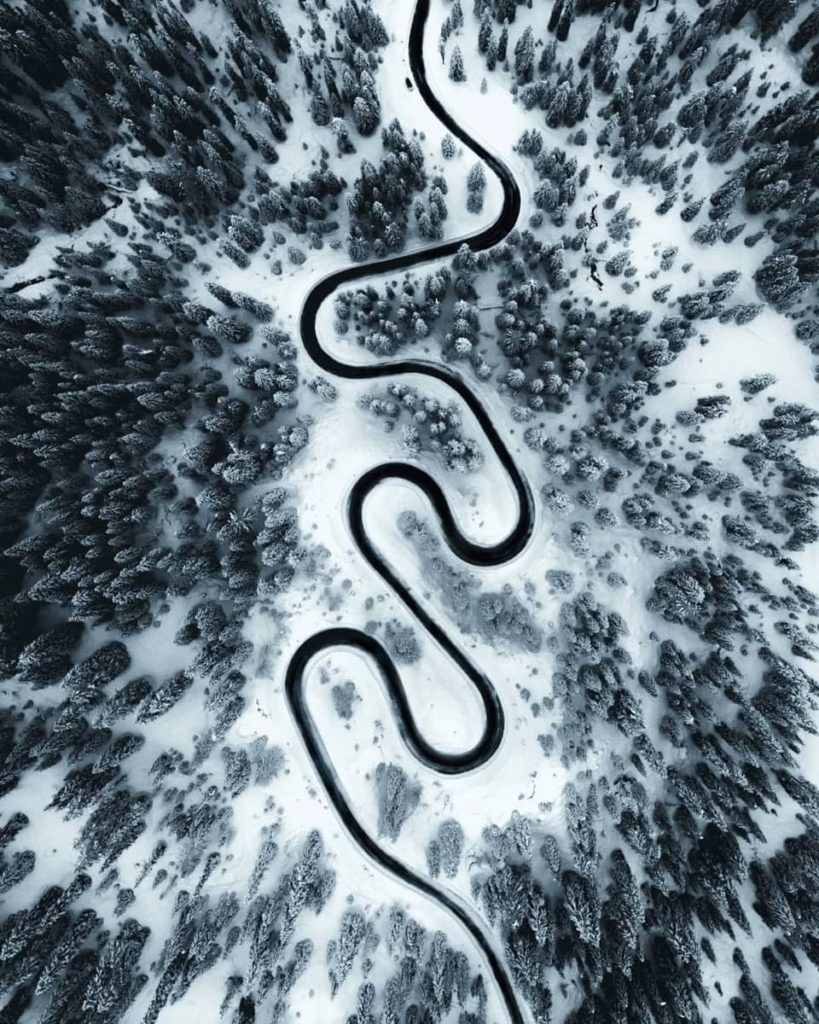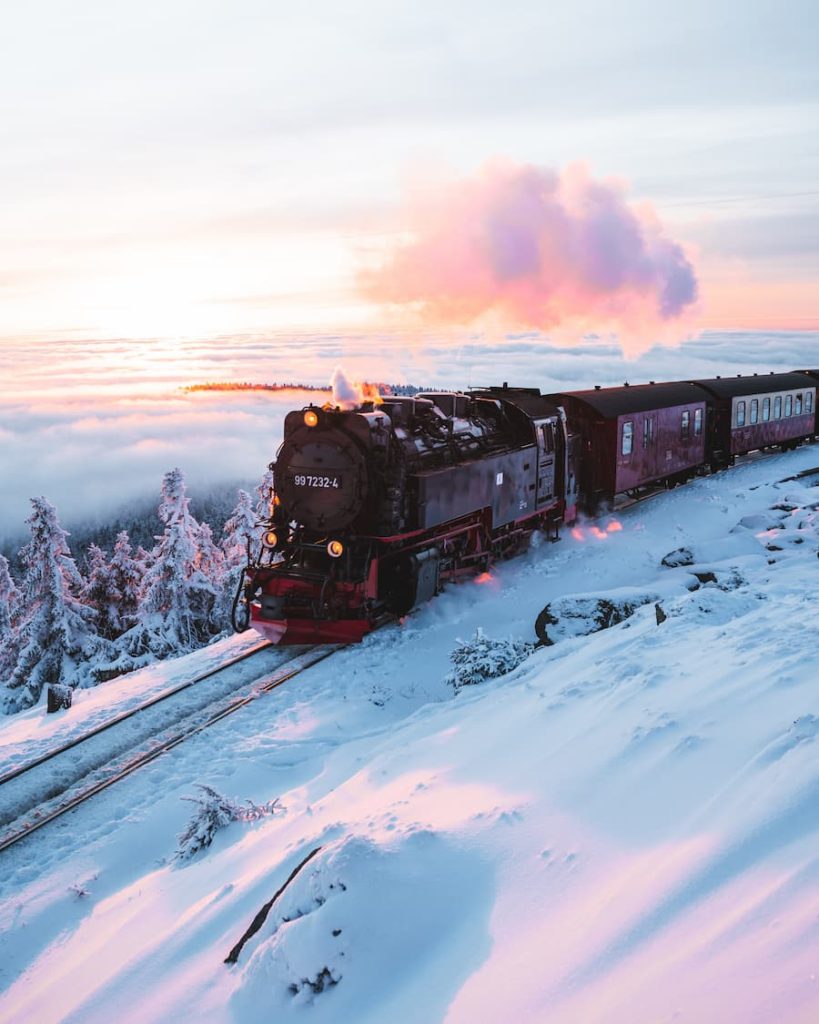
Gabriel Arne Hofstra
@gabrielhofstra
Best of the week 2 at #nomadict 2021
For a long time now, I have been fascinated by the light and the landscapes around me. Whether I was in Northern Norway, on holiday in Greece or elsewhere, my imagination ran wildly. I used to draw a lot of landscapes based on what I saw in real life or imagined in my head. However, I haven’t always been fond of the aurora. Born and raised in Tromso, I have been in a place where the aurora is often seen during dark nights all my life and when I was little, I was scared of the aurora. I remember when I saw the lights in the sky, I thought they would come down and take me, so I would always run home as fast as possible…
"As I got a little older I got more used to the lights, though at moments where the lights were moving madly, I still felt anxious."
"Fast forward a few years, and the aurora has become a profound source of amazement for me."
In 2009 I got my first camera, and so I went out to capture moments and explore the surroundings and landscapes from a different perspective – especially during the night. Though, it wasn’t until 2012 I got to photograph my first aurora as part of a school project. Back then the aurora activity was brilliant in comparison to nowadays, due to solar cycles: 2012 was before the solar maximum of the last solar cycle and the next solar maximum is due for around 2026. Just to explain myself; solar cycles are 11 year cycles where the amount of sunspots on the sun reaches a maximum and minimum.
"Sunspots are key factors for solar storms to hit Earth, and give us some incredible aurora displays!"
The most beautiful one I have ever seen occurred on a full moon night at the end of January 2015. I had been out photographing the aurora for several hours and was about to head home when suddenly the aurora started to appear in ways I never had seen before. It engulfed the night sky with its hypnotic crown shape that moved like fluids. It all topped out with the most vibrant colored aurora I have seen; a great red aurora! This type of aurora is extremely rare and usually appears under extreme geomagnetic conditions. To this date, that night’s aurora show is still the most epic I’ve seen in my life and it changed my photography path to be more of a “patience gives great results” type of photography.
"Although now seeing the lights have become kind of normal, they still surprise me as they always appear in different shapes and intensity."
One night the aurora can only be a faint arch running over the northern sky; the next night it can be like the starry night painting by Van-Gogh, and some nights the aurora can be dancing like crazy all night – even if the aurora forecast didn’t say anything about enhanced geomagnetic conditions or geomagnetic storms! This is why I will never stop being amazed by them, and I will (almost) never lose my patience.
"When it comes to capturing the aurora, patience is the most decisive factor of getting a shot."
Besides that, being prepared with your camera settings, compositions and location, and making sure you don’t get cold. You should always keep in mind that the aurora can be calm the whole evening and suddenly goes wild after “bedtime”. Or the other way around, you never know. So be prepared for nothing, and for everything!
"On the day of the winning shot, the aurora surprised me as well."
The summer prior to the winning photo me and my family drove past an open-pit mining area beside the mountain you see in the photo. I said to my mother that I should come back to this site one day and take some aurora photos. So, the following winter in January that eventually happened. The winning shot was actually a part of a sequence of a few more photos. I had been on a photography mission with a company and we were on our way home, enjoying the views during the ride as the landscape was lit up by the full moon. Suddenly, the aurora started to dance insanely in the sky. We stopped by the daylight open-pit, and I ran the fastest I could up to the top of a 30m steep hill alongside the quarry in deep snow. Arriving on top I hastedly set up my camera to capture the great aurora display, constantly firing new shots as the aurora spinned and danced over the mountain. The shapes of the aurora blended so well with the arctic mountainscape that I felt I had finally achieved one of my photography goals where the aurora danced over an epic landscape!
As I started the post processing later on, the most important thing I wanted to achieve with the edit, or the photo in general, was to demonstrate how strong the aurora can be even under full moon light. I try to achieve the same with my shots of the aurora above an urban environment; usually you see aurora photos with a natural scenery and without any urban elements or light pollution. For me, capturing the lights surrounded just by nature has been a bit difficult as it wasn’t until last year I started to drive more outside the city for my photography.
"I live in the middle of the city here in Tromsø, and despite the light pollution we can see the aurora. And that’s exactly what I want to demonstrate."
My goal with photography is to express what a wonderful world we live in and that something looking like wizardry or magic, like the aurora, is actually physics manifested in observable natural phenomena. It’s an energy of our universe that most of us are unaware of, simply because it can’t be seen everywhere on the planet. Through my photography I hope to somehow enable everyone to observe this magic, wherever they are.
Would you like content like this sent to your inbox?
BEST OF THE WEEK DECEMBER 2020
BEST OF THE WEEK NOVEMBER 2020
BEST OF THE WEEK OCTOBER 2020
BEST OF THE WEEK SEPTEMBER 2020
BEST OF THE WEEK AUGUST 2020
BEST OF THE WEEK JULY 2020
BEST OF THE WEEK JUNE 2020
BEST OF THE WEEK MAY 2020
BEST OF THE WEEK APRIL 2020
BEST OF THE WEEK MARCH 2020
BEST OF THE WEEK FEBRUARY 2020
BEST OF THE WEEK JANUARY 2020
NOMADICT
ART GALLERY
THE LATEST STORIES
WRITEN WITH PASSION TO INSPIRE YOU
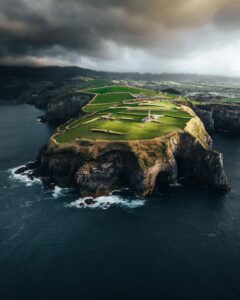
Photo tour in Azores, Portugal
Join us in the Azores for a unique photo tour, where you’ll elevate your creative skills with expert guidance from Ronald Soethje, Bruno Ázera, and Nomadict.
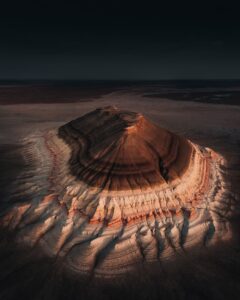
Forest Kai (@forest1kai): Photographer based in the US
In this article, Forest shares how years of chasing scale, silence, and raw landscapes shaped his approach to photography, from the deserts of Kazakhstan to the volcanic ridges of Iceland. He talks about how he uses light, texture, and vast negative space to create images that feel both intimate and overwhelming.
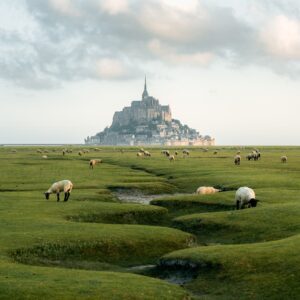
Simon Hechtbauer (@roamwithsimon): Best of the Week 32 at #nomadict
Simon shares the journey behind his photography, from early inspirations to field techniques, editing, and the story of the winning shot that shaped his path.

Miroslav Maršík (@miromarsik): Photographer based in Czech Republic
In this article, Miro shares how his love for cinematic music evolved into a deep passion for photography and how he uses light, color, and atmosphere to turn the streets of Prague into living film scenes.

Aurora photography panorama workflow: A guide to camera settings, editing, and color
In this article, Stefanie reveals how her background in physics sparked her passion for astrophotography and how she blends science with creativity to capture the beauty of the night sky. Readers will discover her approach to color, contrast, and editing, as well as her aurora photography workflow.

Yhabril (@yhabril): Best of the Week 33 at #nomadict
Spanish photographer Yhabril captures the profound connection between humans and the mountains that shaped him. Growing up in the Pyrenees, his work bridges outdoor sports, landscapes, and celestial scenes — often blending athletes, moonlight, and wilderness into striking visual stories.

Ariane Totzke (@besondersschwierig): Photographer based in Switzerland
In this article, Ariane shares how photography helped her navigate personal challenges, connect authentically with people and animals, and develop a philosophy rooted in empathy and artistic freedom. Readers will also discover her ethical approach to wildlife photography and her trusted equipment for both camouflage techniques and cameras.

How to photograph Dutch tulip fields: A guide to light, gear, composition, and colors
Discover how to photograph Dutch tulip fields in their most magical light. From choosing the right gear and lenses to mastering composition, color, and aerial perspectives, this guide shares creative techniques to capture the beauty of the Netherlands’ tulips. Learn how light, color grading, and proportion bring emotion into every frame.
